Dieser Artikel ist auch auf Deutsch verfügbar. Click here to find out more about Russia!
For the first three nights I was staying at NovoTel Ekaterinburg Center. The hotel is located in the city center, the room was 57 € per night and quite large, and surprisingly the young man at the reception also spoke fluent Italian.
From the window I had a good view on the TransHotel, one of the oldest hotels in Yekaterinburg, and the skyscraper “Vysotsky” (“Высоцкий”). The weather was already bad in the morning, and sadly it would stay like this for the next days.
If you think an english breakfast can easily pass as a main meal, you should definitely try a russian breakfast! Fried chicken breast, bacon, ground veal patties, fried cottage cheese, pancakes, salad, … one could think the Russians are not sure if the third world war isn’t actually going to start before lunch 😉
Yekaterinburg doesn’t bear much importance for foreign tourists, not many will stay for more than a day like I do. And I just ended up here because I was searching for a starting point for my trip on the Trans-Siberian Railway.
The city administration knows this, and to help tourists make the most out of their time, they have painted a red line on the sidewalks. The “Красная линия” (“red line”) passes all important sights on a length of about six kilometers and you always end up where you’ve started.
I started my tour right behind the hotel and immediately ran into the “Keyboard Monument”, probably one of the “less common” sights. This monument was erected by Anatoly Vyatkin at the bank of the river Isset in 2005 and consists of 104 “keys” made of concrete. Together they form a full russian computer keyboard.
The monument is one of the most popular sights of the city and there are quite a number of urban legends around it. Have a wish? “Type” it in and press “Enter” to make it come true. Unhappy with your life and you want to “restart” it? Press Ctrl-Alt-Del. Some keys were stolen in 2011, certainly no small feat – a single key weighs 180 kilos!
I continued to follow the red line clockwise in direction of the Bolschoi Zlatoust Church. On the way there was a lot of old and new art to see.
The Bolshoi Zlatoust Church (“Большой Златоуст”, “Great Chrysostom”) was named after John Chrysostom, the Archbishop of Constantinople. He was considered to be one of the greatest preachers of the Christian faith and known across Russia under the name Chrysostomos (“golden-mouthed”).
Not far from the church is the Arbat (“Арба́т”), a quarter traditionally inhabited by craftsmen in earlier times. Today it is known for its shopping street with many merchants trading gold and selling jewelry.
There are a lot of bronze statues made by various artists all over the city. These can not only be found at street corners, but e.g. also in the shopping center “Pokrovsky Pasaszh”, which is located at the nearby “Square of the year 1905” (“Площадь 1905 года”).
This square was named after the 1905 Russian Revolution, one of the many revolutions in Russian history, caused mainly by the Blood Sunday in St. Petersburg and the Russo-Japanese War. Only since this revolution Russia has had the State Duma, Russia’s first elected parlament, and a multi-party system.
The Sowjet-style trams can be seen all over the city, but more on that later.
The Square of the year 1905 is home to a very special revolutionary: Товарищ Ленин (“Kamerad Lenin”) is standing on a socket and looks towards the horizon.
Well, I’m off with Товарищ Ленин, seizing the means of prodction and such. Could take a while…
But let’s put the fun aside. I continued along the red line along проспект Ленина (“Prospekt Lenina”), the main street named after Lenin. This street passes over a very broad part of the river Isset which looks more like a small lake. To the other side is the Плотинка (“Plotinka”), a big park.
A panorama shot over this part of the Isset, at the horizon some of the few skyscrapers located in the city.
At this spot one can find the “House N.I. Sevastyanova” (“Дом Севастьянова”). This historic building has a very checkered past, for example it was once the seat of a court, had a huge neon sign saying “Honor to the workig class” on its roof at some point, and was even the home of the president of Russia for a short amount of time. The facade was eternalised on a special three-ruble-coin in 2008.
In front of the close by post office I came across the “Kilometer Zero”, a mileage marker which was used to measure all distances within the Oblast of Swerdlowsk (“Свердловская область”, “Region Swerdlowsk”). Yekaterinburg is still marked as “Swerdlowsk”, a name under which the city was known from 1924 until 1991 to commemorate former Soviet Head of State Jakow Michailowitsch Swerdlow. He wasn’t in office for long though – his reign started in November of 1917, but he died of the Spanish Flu Pandemic in February of 1919, at the age of 34.
Just a few streets further is the former “Literary Quarter” which houses many museums nowadays. I visited the Музей “Литературная жизнь Урала XX века”, which roughly translaters to “Museum of Literary Life in the 20th century”. It is located in a beautiful wooden house at Proletarskaja number 10 and consists of only four rooms, but certainly doesn’t have to hide itself behind many larger european museums.
The russian writers of the 20th century certainly didn’t have an easy life. Revolutions, First World War and civil war, revolution and communism, Second World War, communism. Pretty much all of them had to carry a weapon at some point in his life, had to flee somewhere or were repressed by the authorities. Their experiences are reflected in many of their works, and under the rule of communism many things could only be communciated between the lines.
After so much education it was time for food. The basic elements of the russian kitchen can in my opinion be described with the words “everything you could find on a farm”: meat, crop, milk, honey, potatoes, fruit, cabbage, and depending on the location also game meat and fish.
While the rich upper class turned towards foreign dishes and specialities in the 17th century, meat, Bliny (“Блины”, pancakes), Pirogs (“пирог”, filled cases of dough), stews and soupd remained the “main pillars” of poor people’s kitchens until the end of the Soviet Union. Due to the construction of the Trans-Siberian Railway in 1891, specialities like pink salmon and reindeer meat became more affordable, but Russian menues certainly became much shorter again when the Soviet canteens took over.
Nowadays there are restaurants for all tastes and wallets in every city, including all the well-known foreign fast-food chains, but you can still get traditional russian food at every corner. I opted for a Pirog filled with mashed potatoes and meat, served with coffee or tea. The whole meal went for less than one euro.
Re-invigorated, I went on to see the Church of all Saints (“Храм на Крови”), probably the most well-known sight in Yekaterinburg. This cathedral was bult on the spot where the last Tsar and his family were executed after the October Revolution in 1918.
Originally there hadn’t been a cathedral at this spot, but the residence of the Ipatjew family. After the Bolshewiki expropriated the building, it was used as a prison for the royal family and, after their execution, for other purposes. In July of 1977, a certain Boris Jelzin ordered the destruction of the building, allegedly to prevent it from becoming a popular tourist destination. The cathedral was only erected between 2002 and 2003.
At this point I was getting tired and started walking back to the city towards the hotel.
Russian “traffic light men” have a slightly different look, but the countdown timer is certainly useful. Against all prior warnings, at least in the city the traffic seems to be quite orderly and calm.
I guess the guys over at Legoland don’t know what this little store is selling…
During Soviet times, vast teleheating networks were installed in all major cities. It looks like these are still pretty common.
Peculiar: CCCP ice cream, complete with a little Sputnik on the packaging.
This post was written by Simon for One Man, One Map. The original can be found here. All rights reserved.

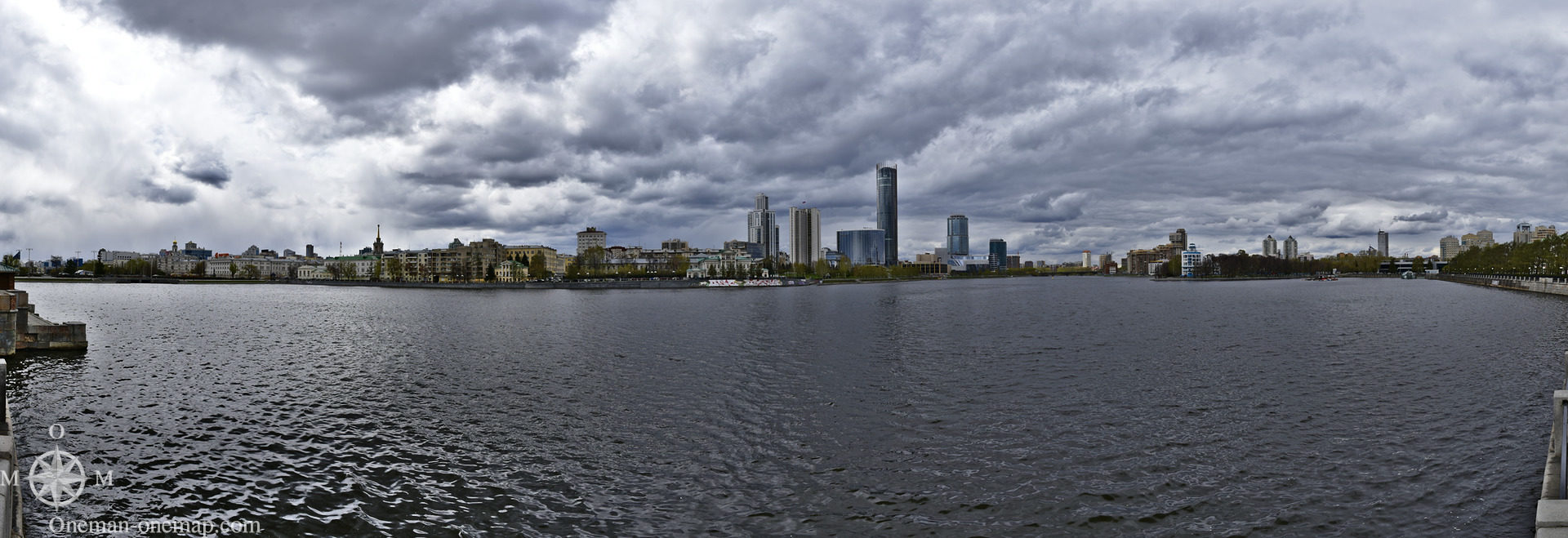
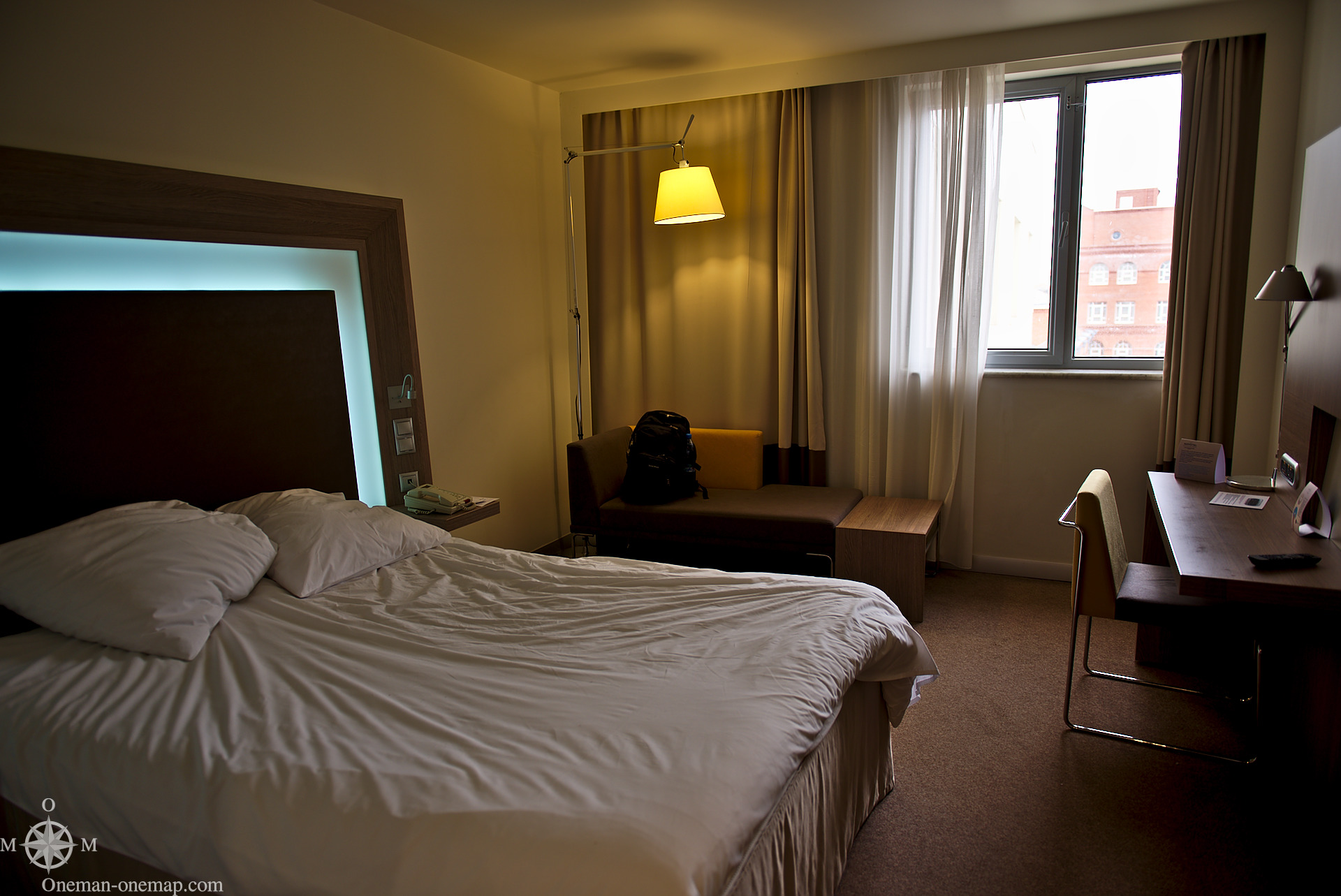
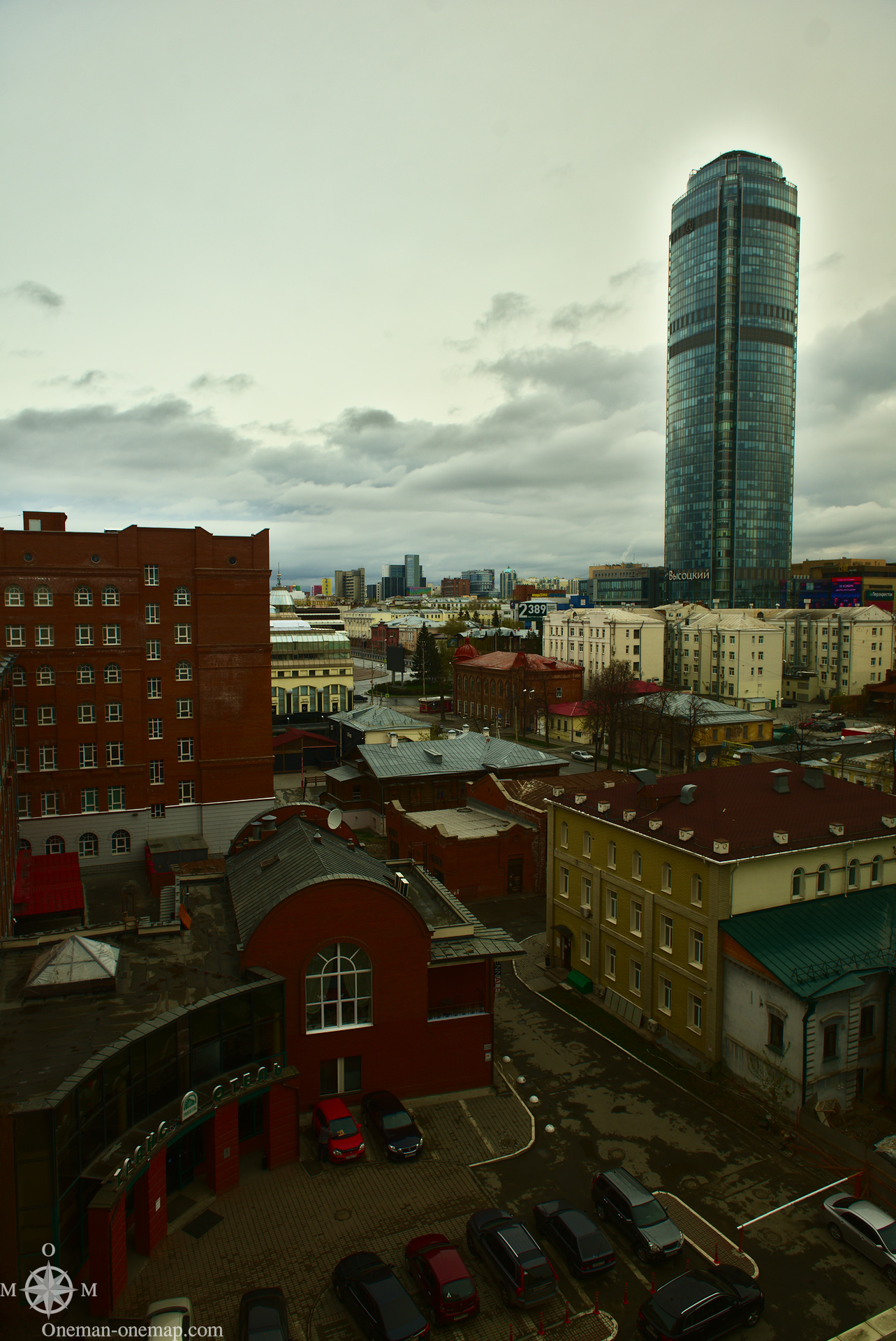
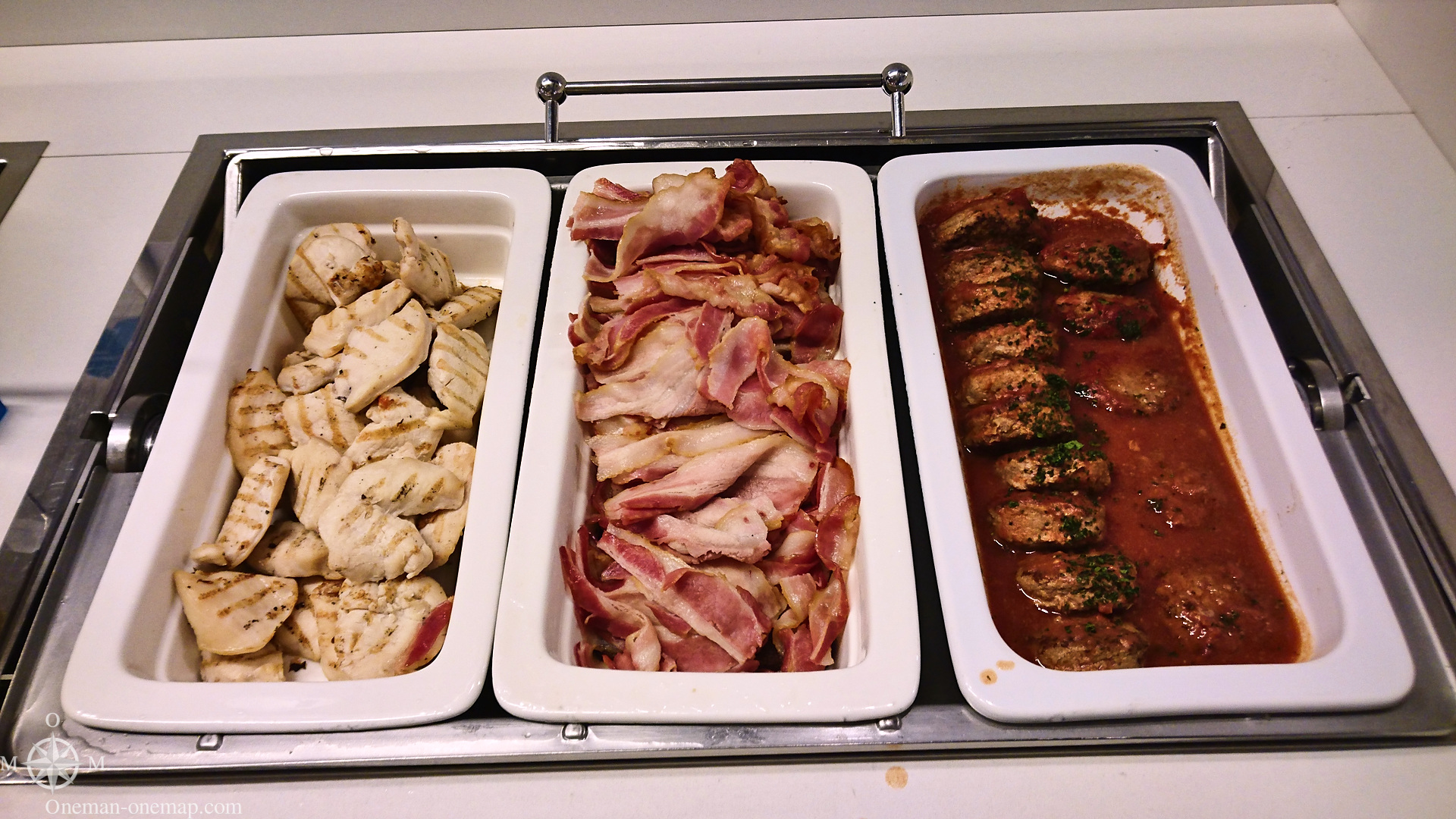
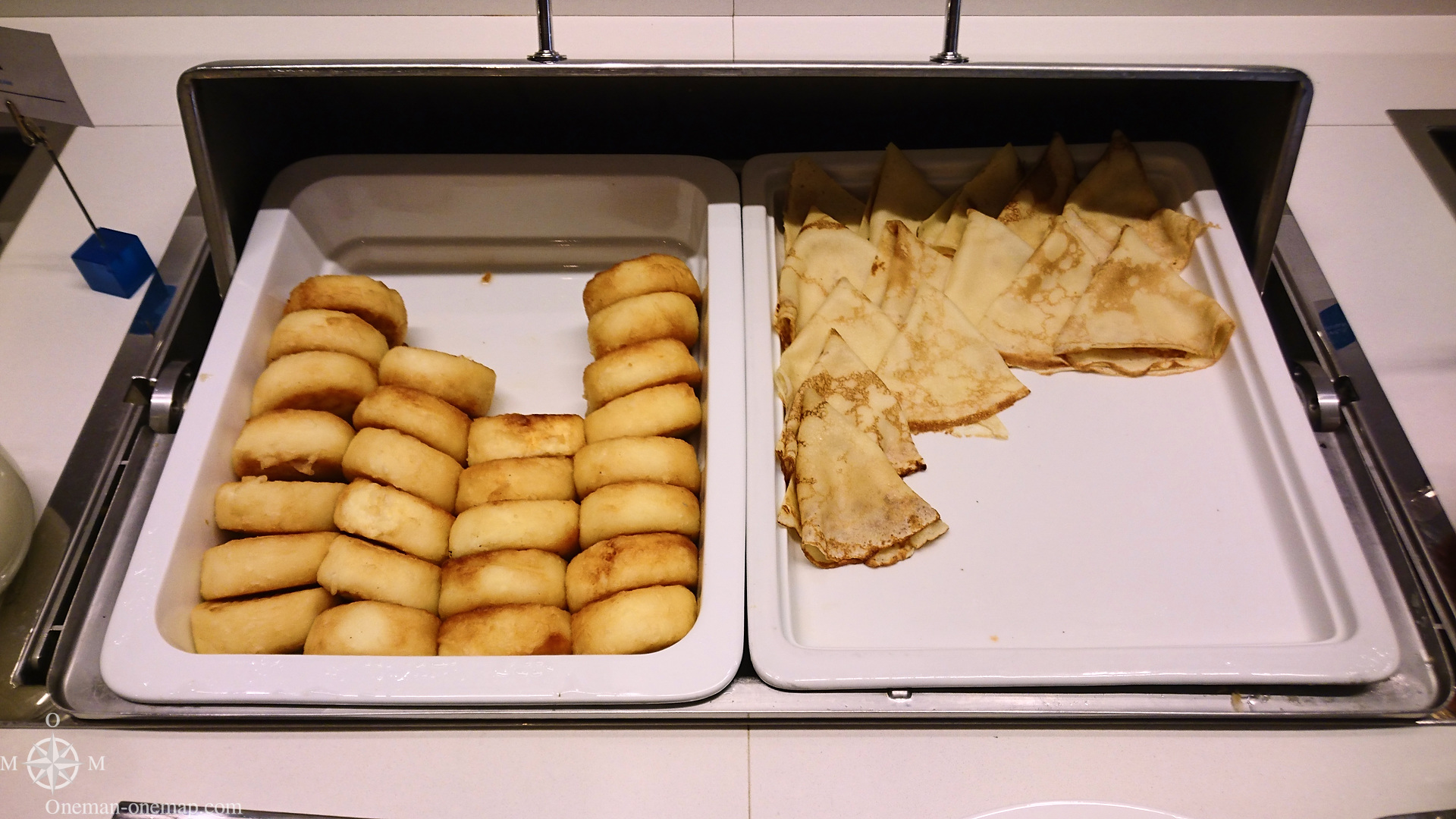
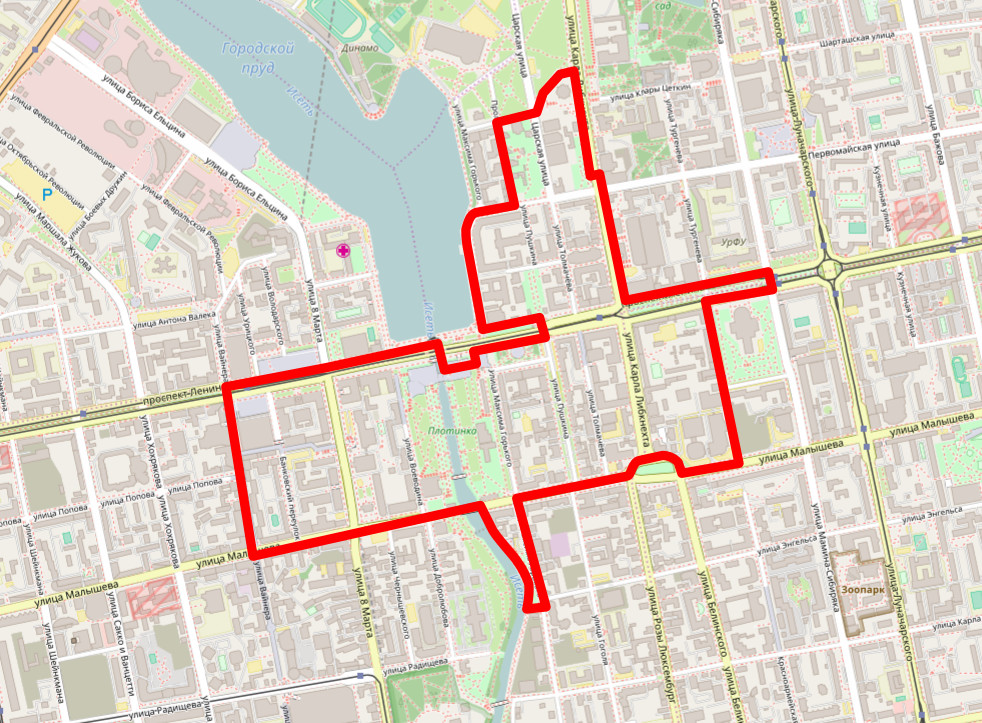
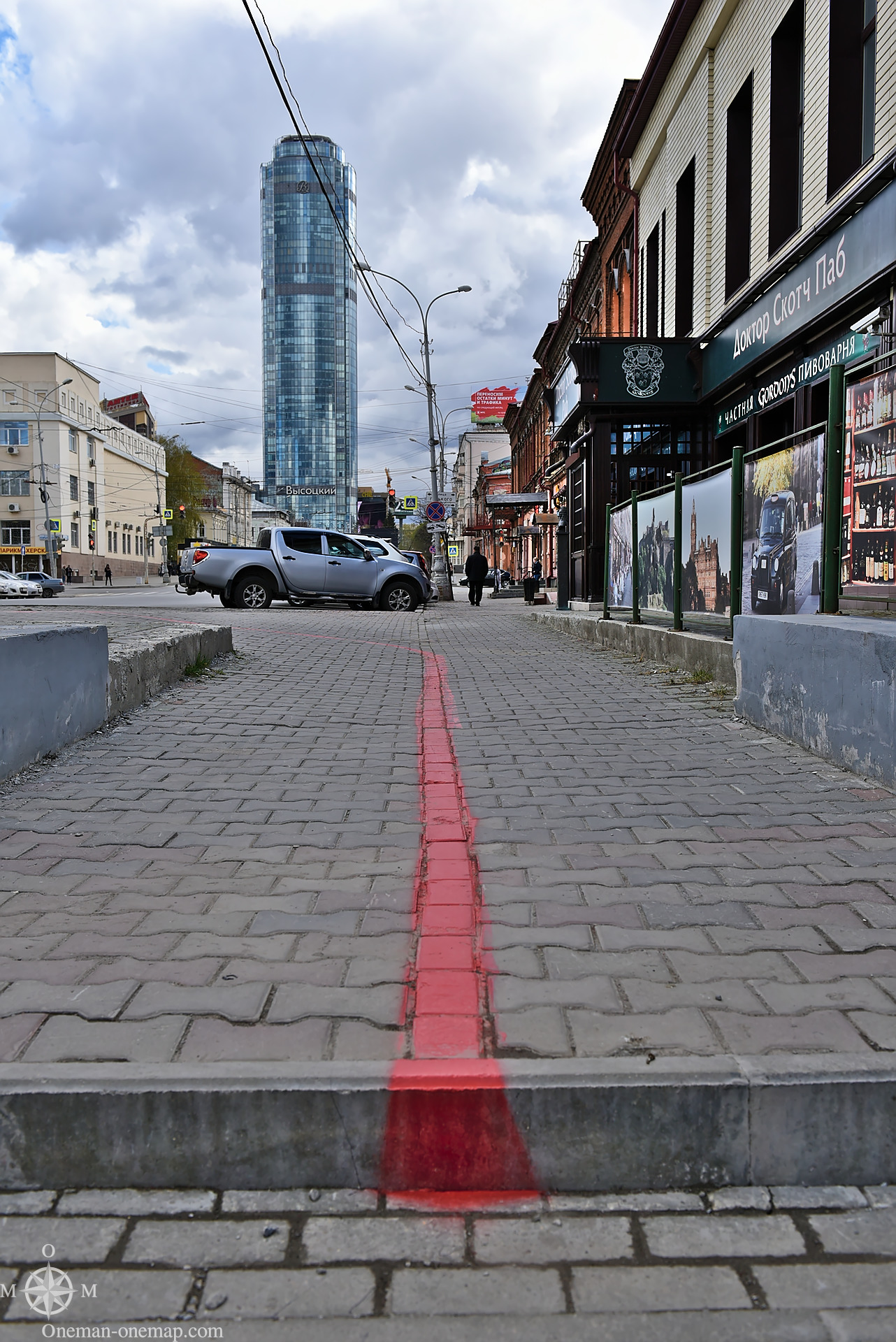
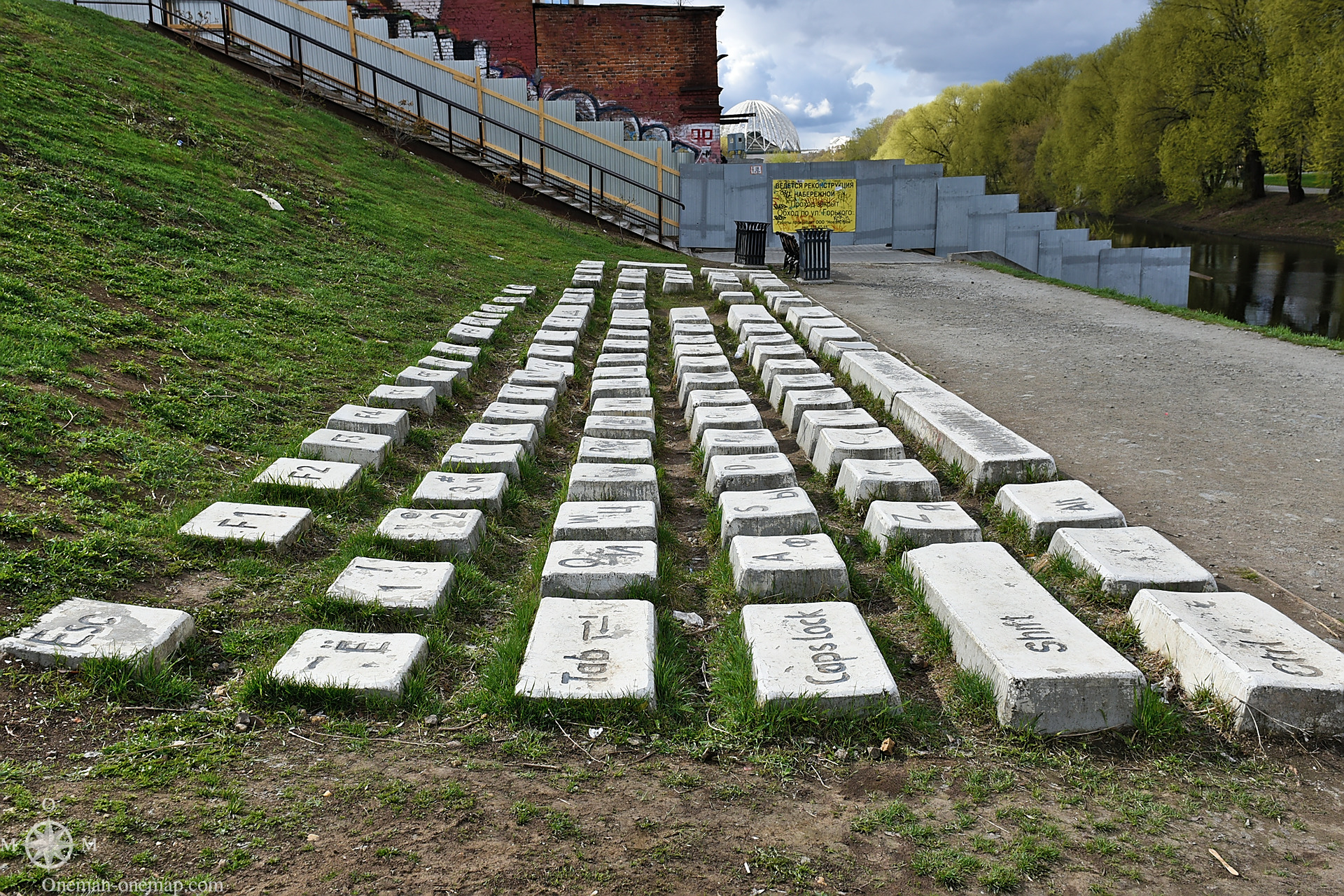
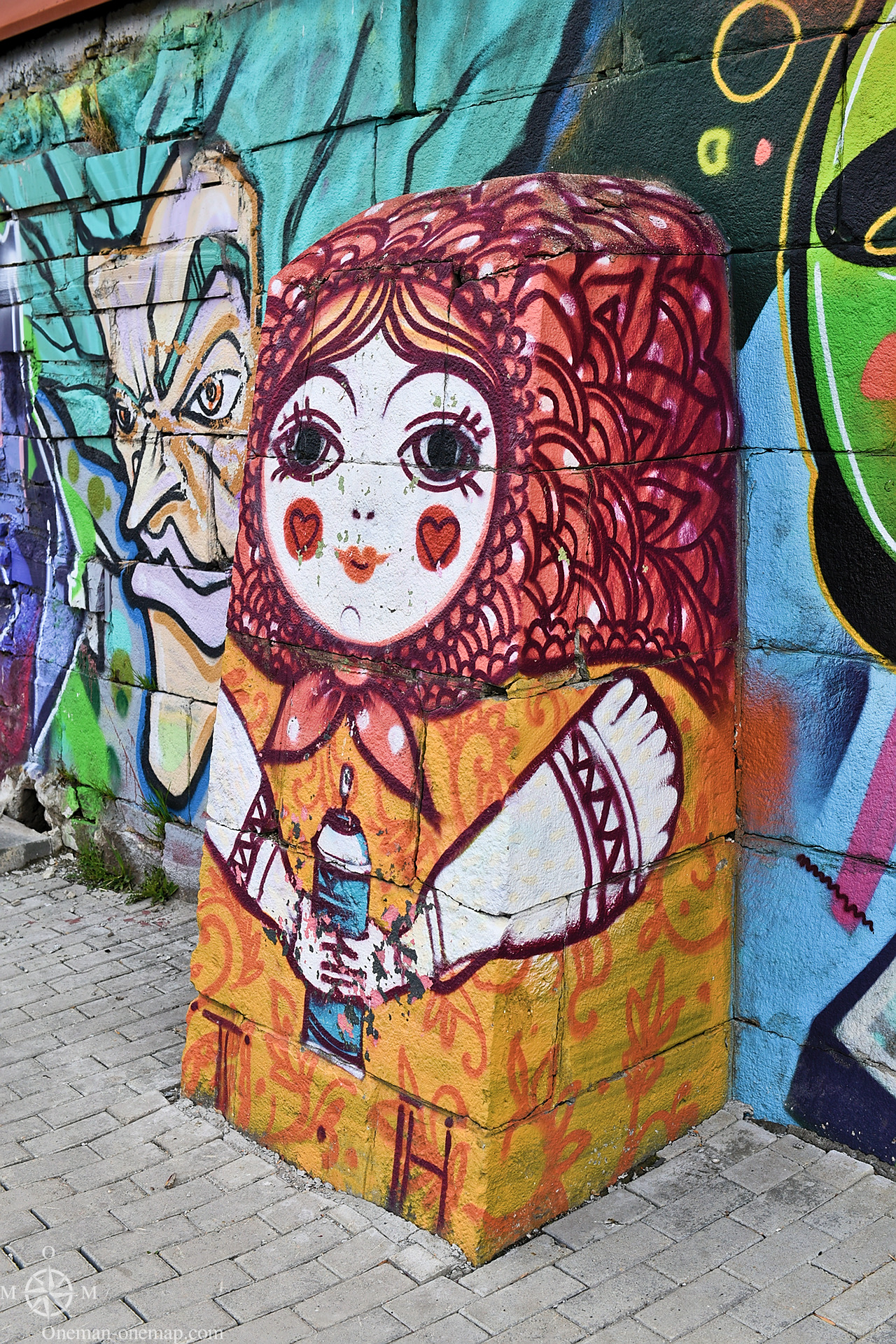
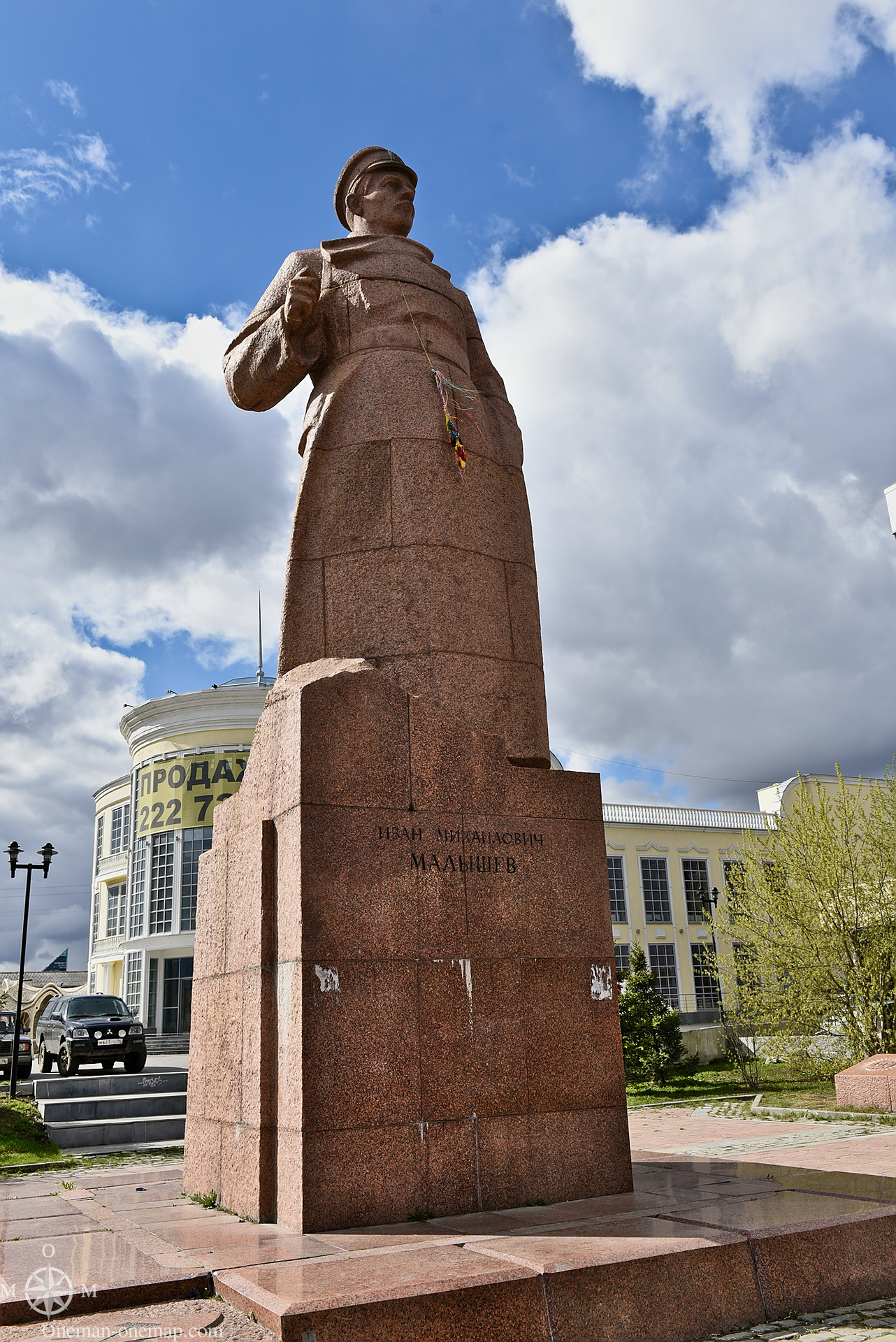

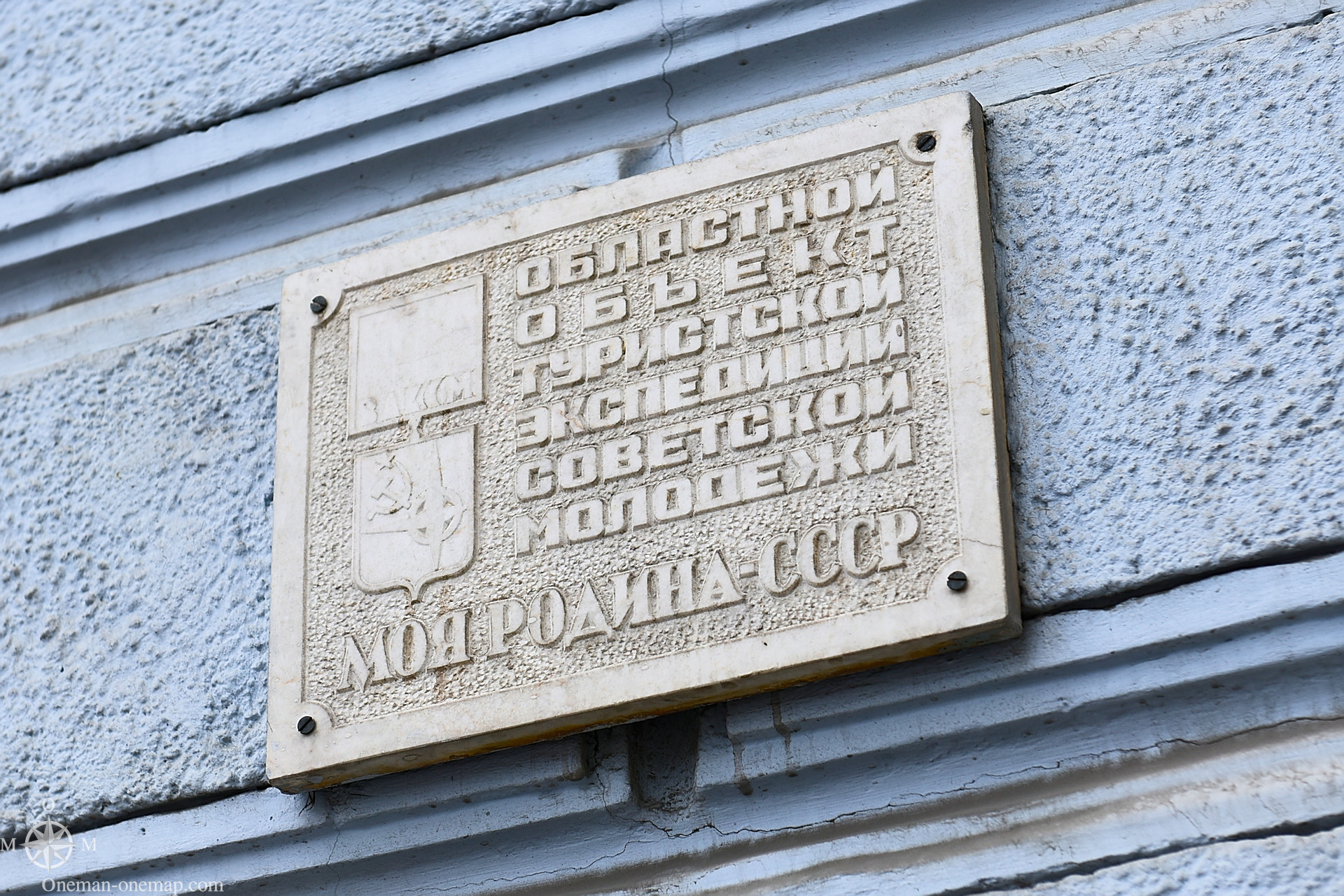
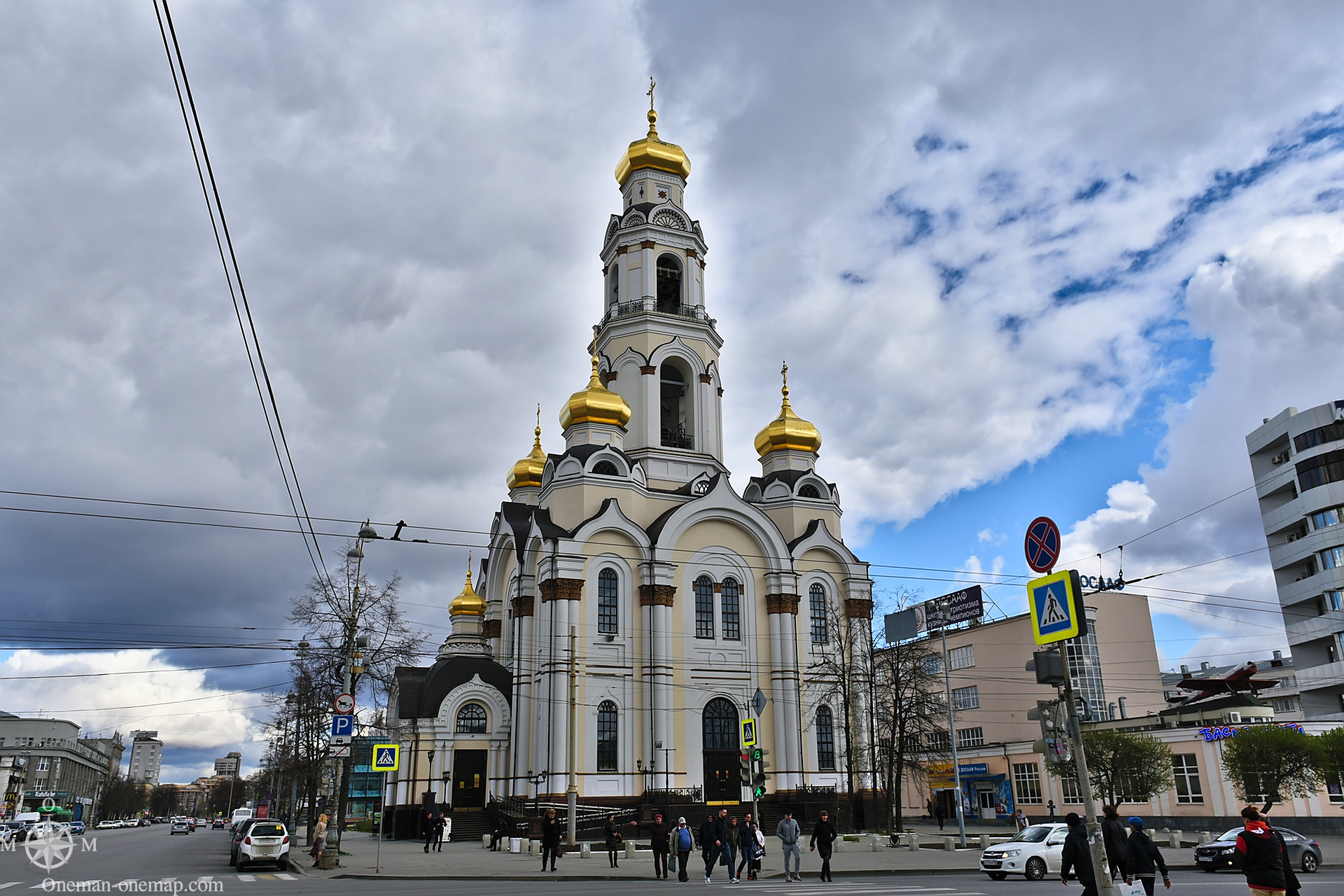
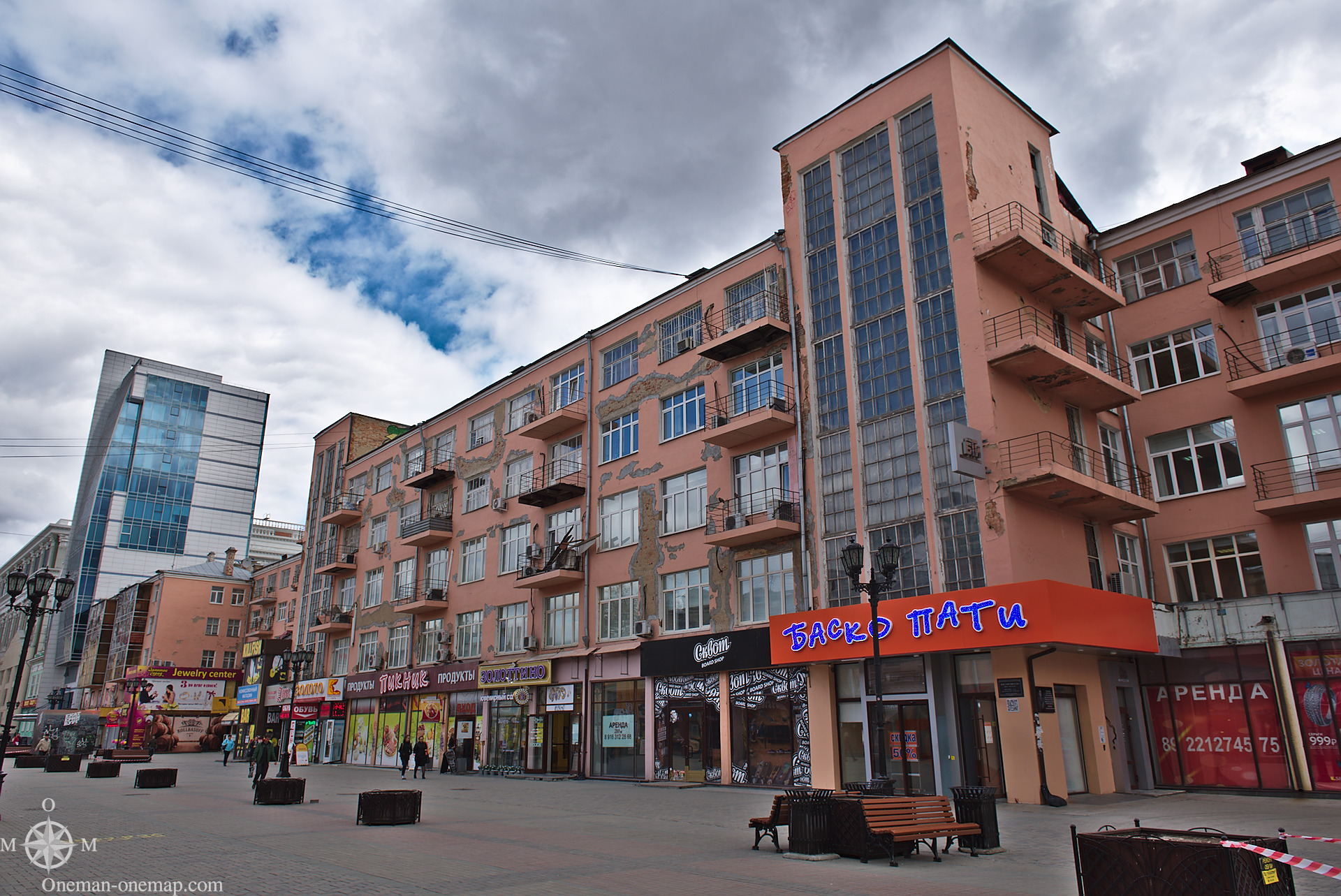
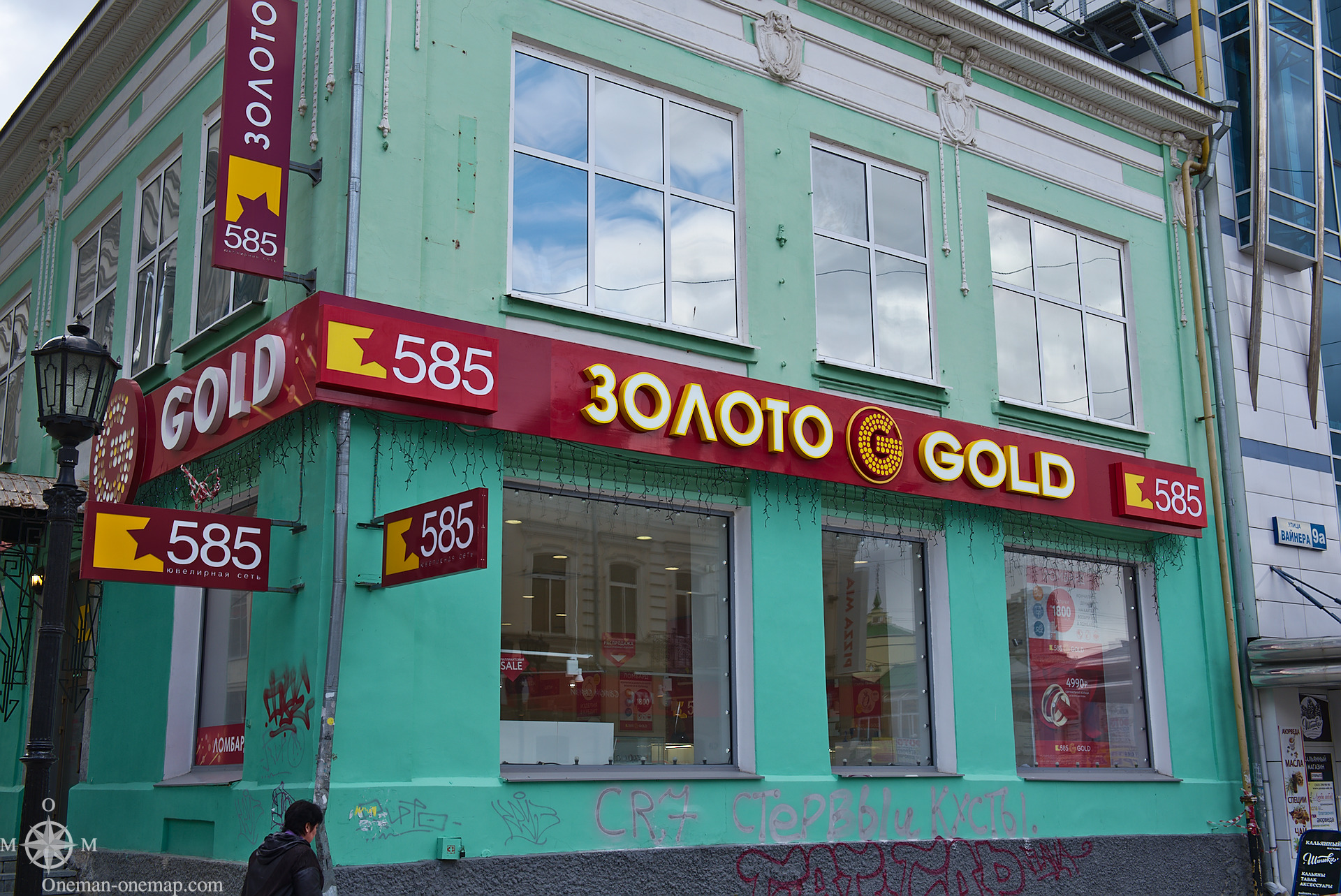
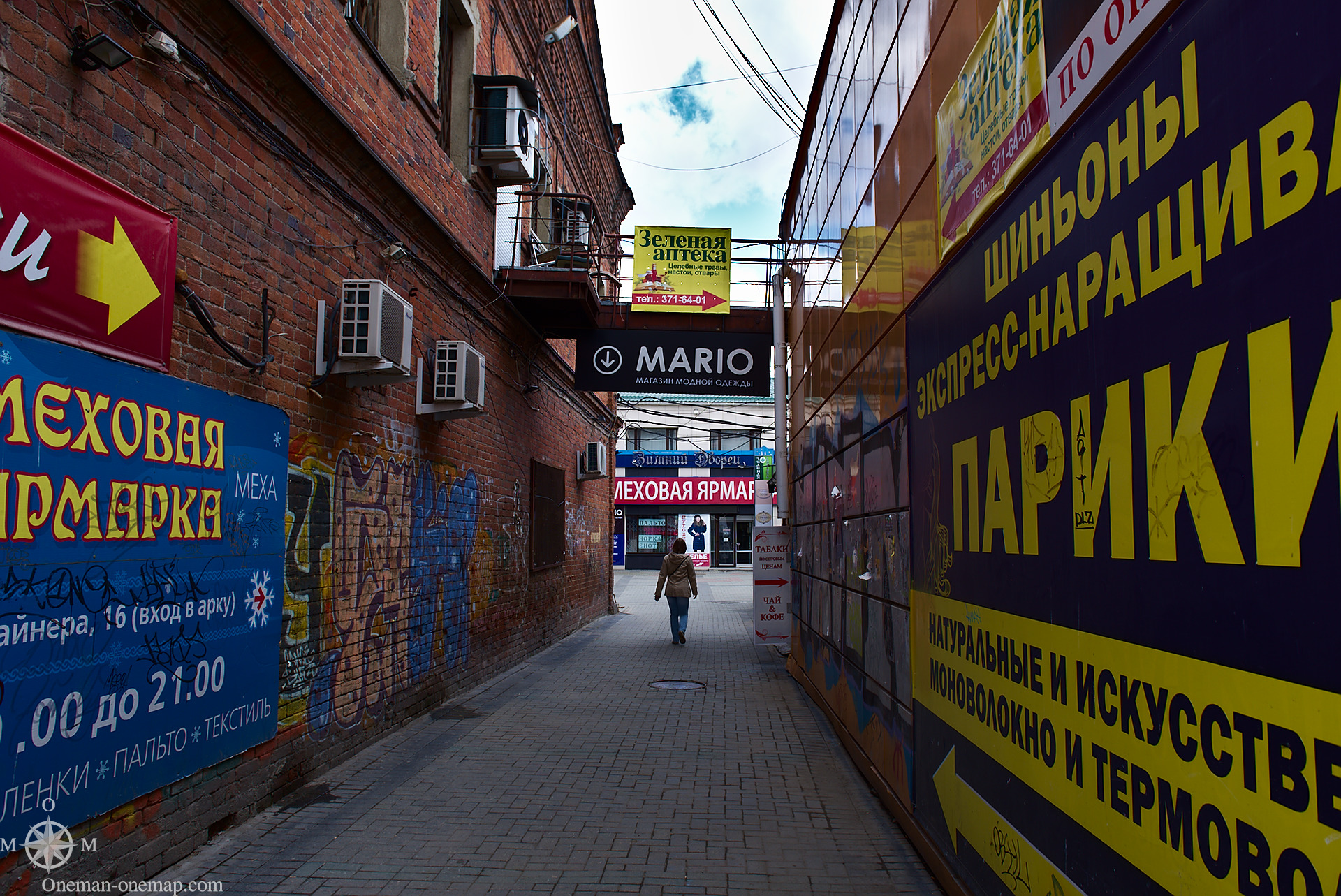
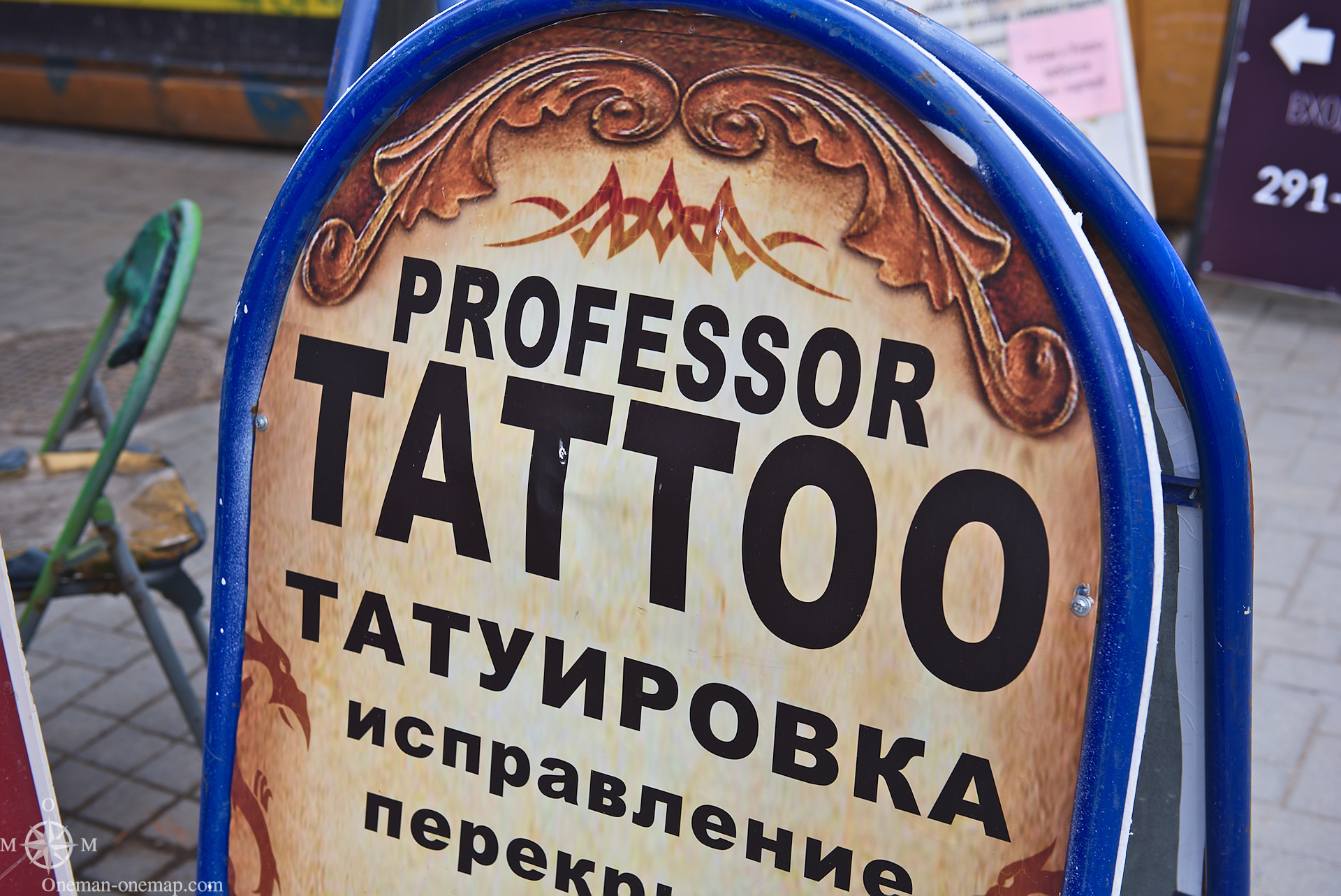
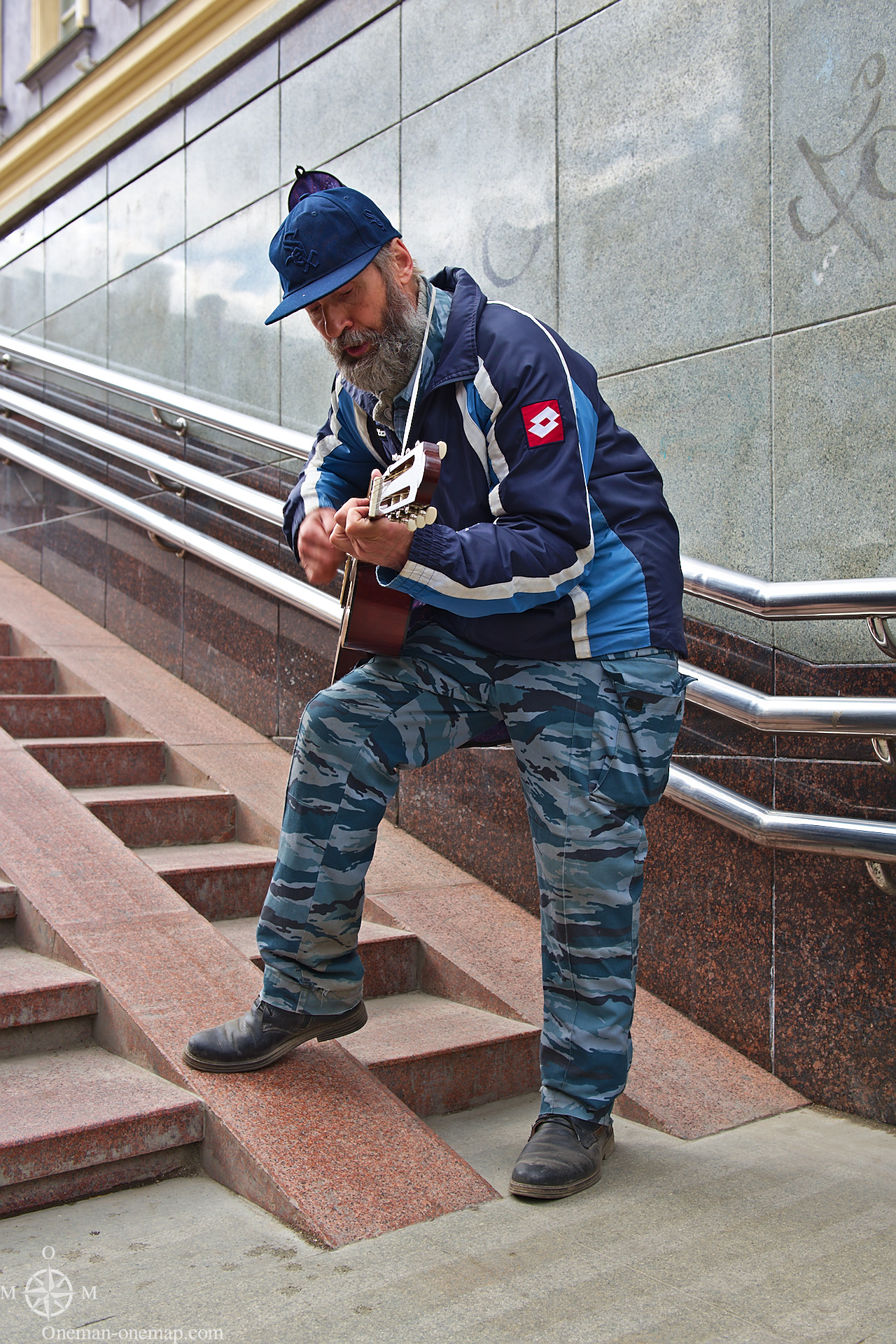
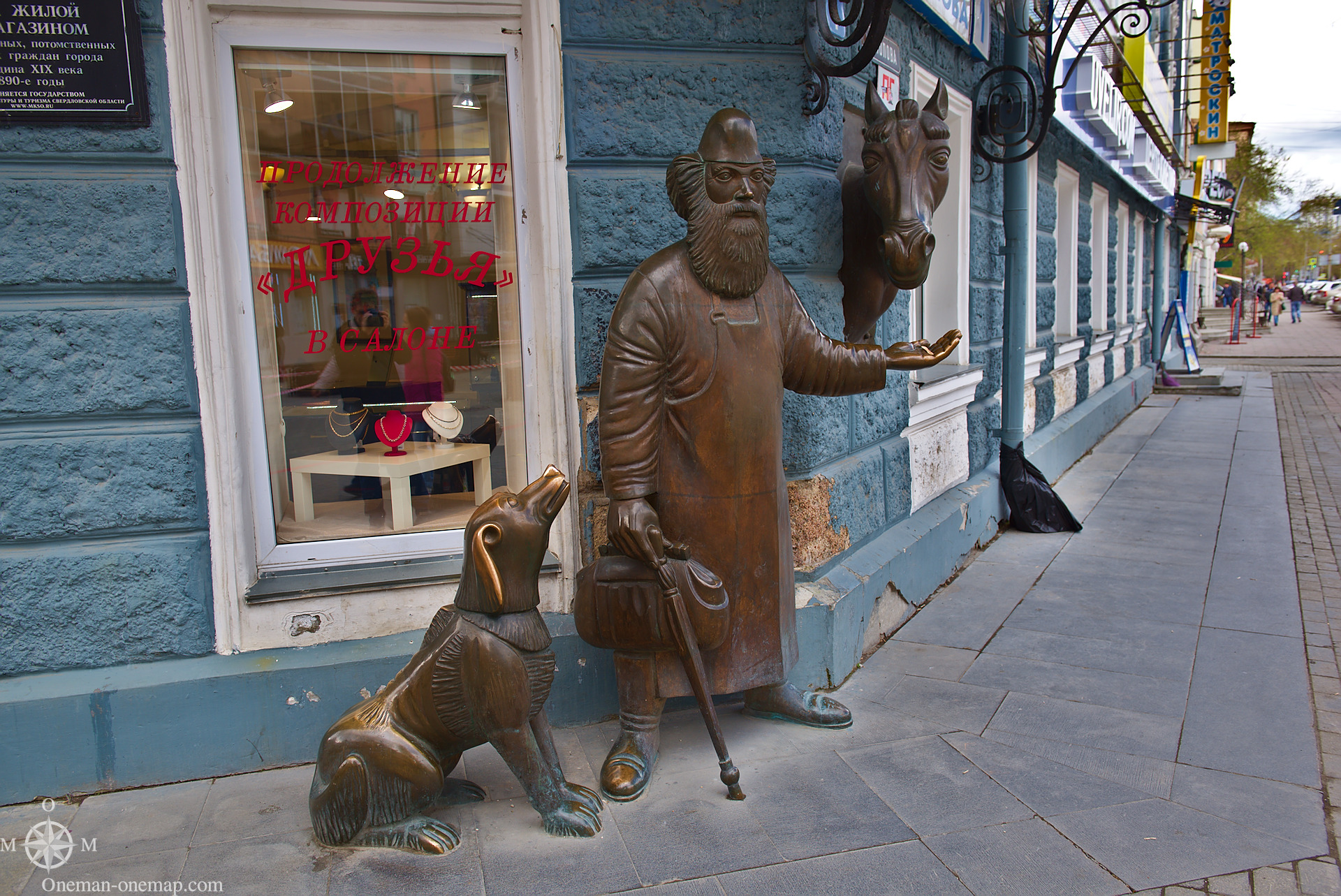
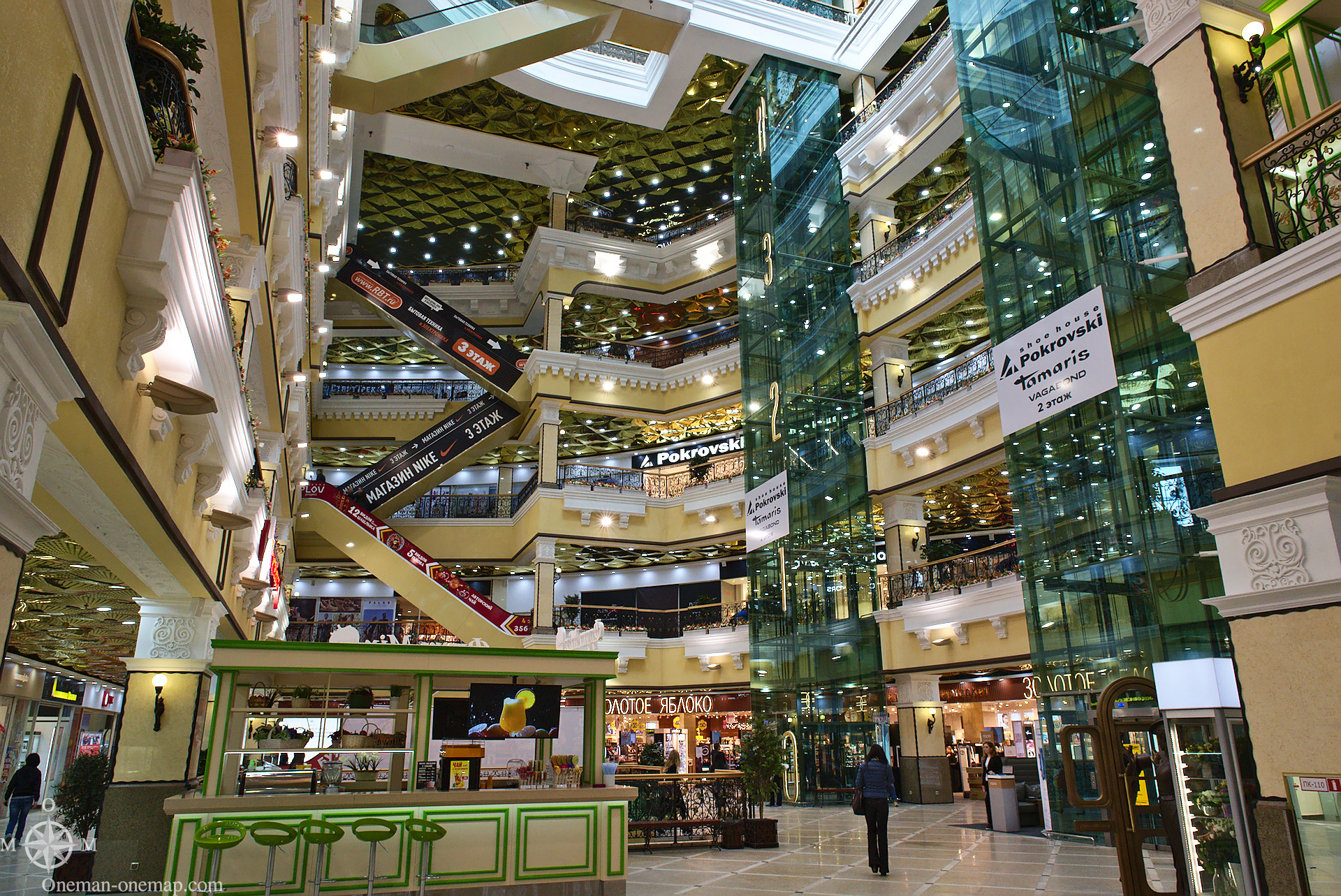
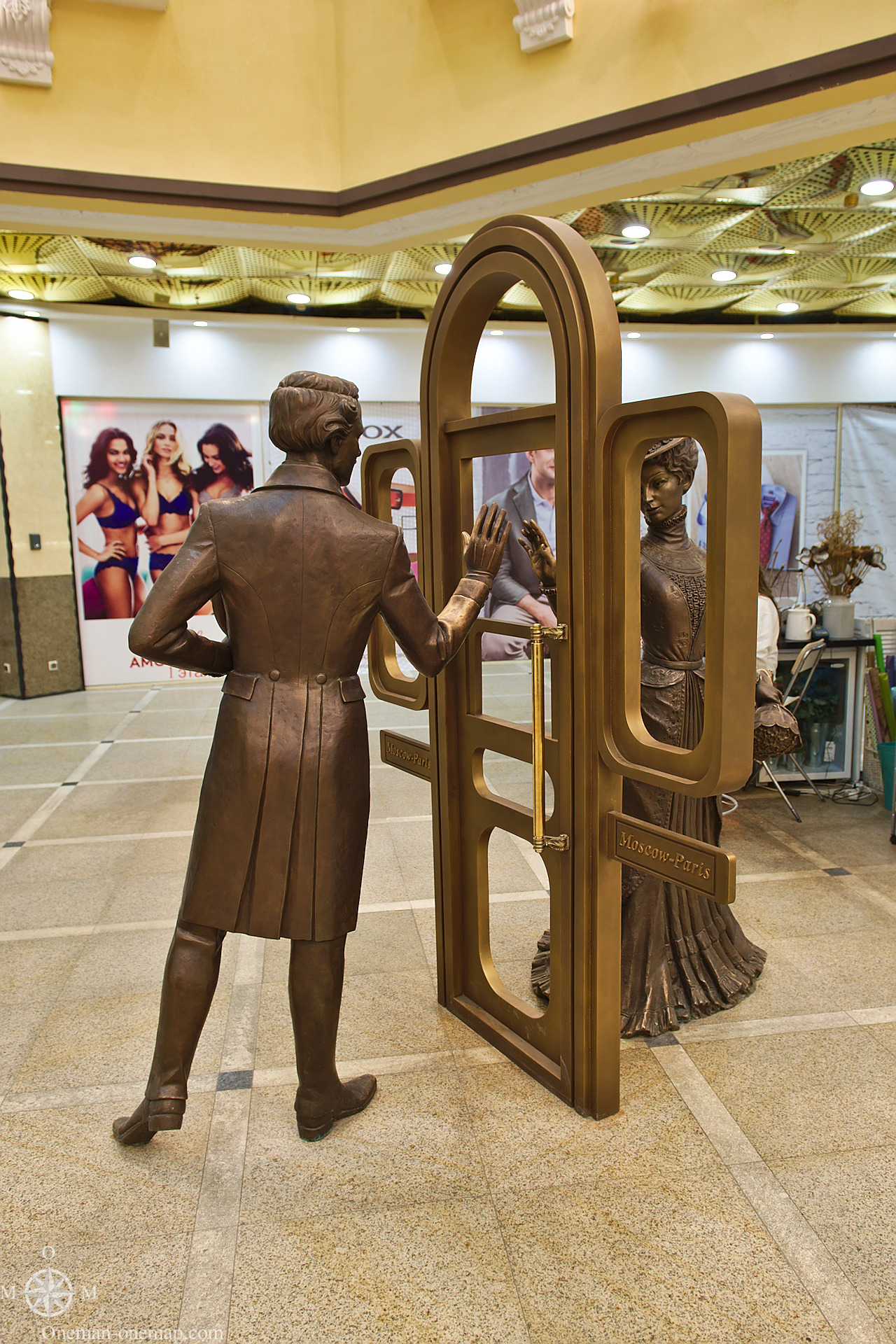
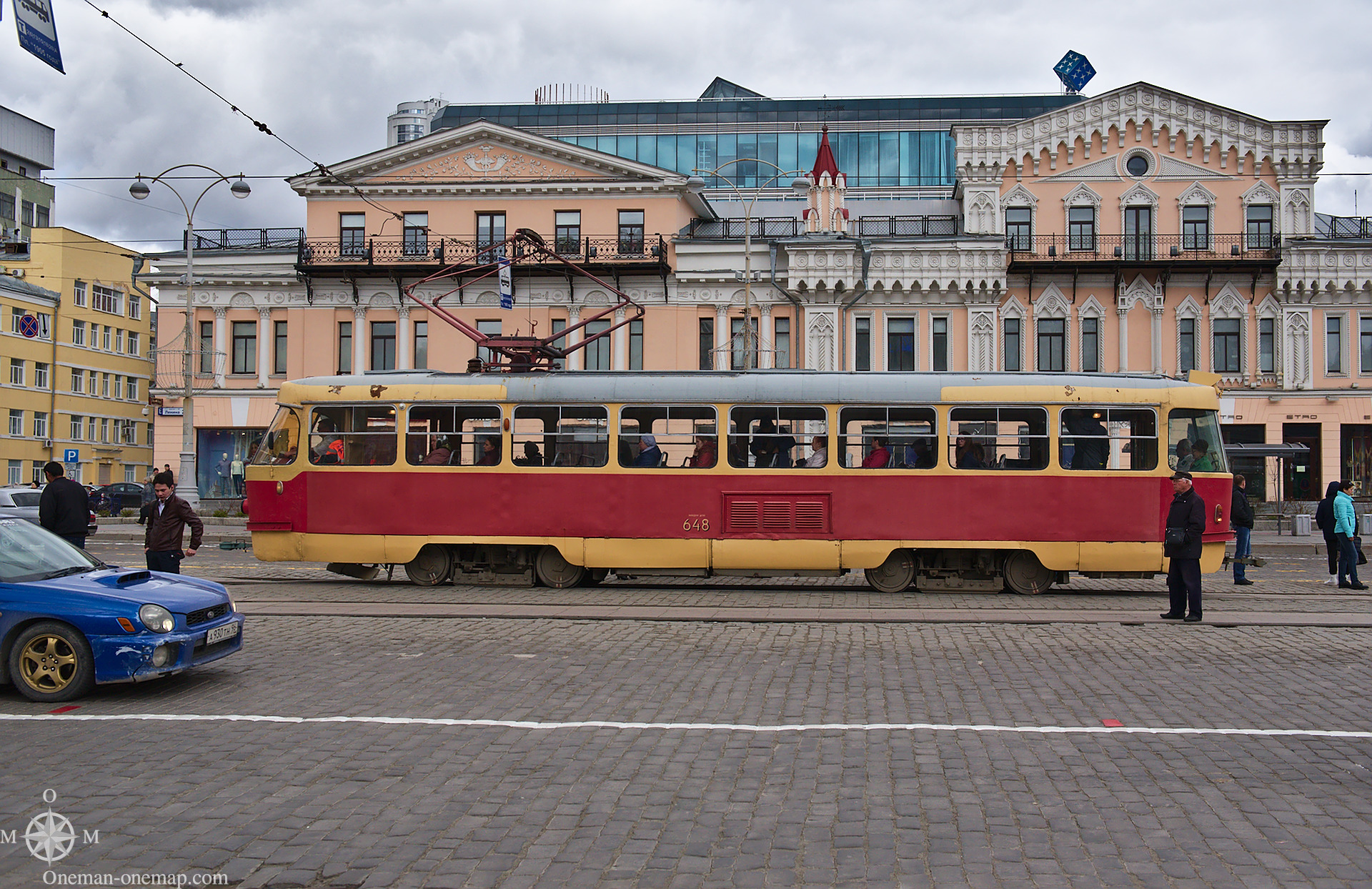
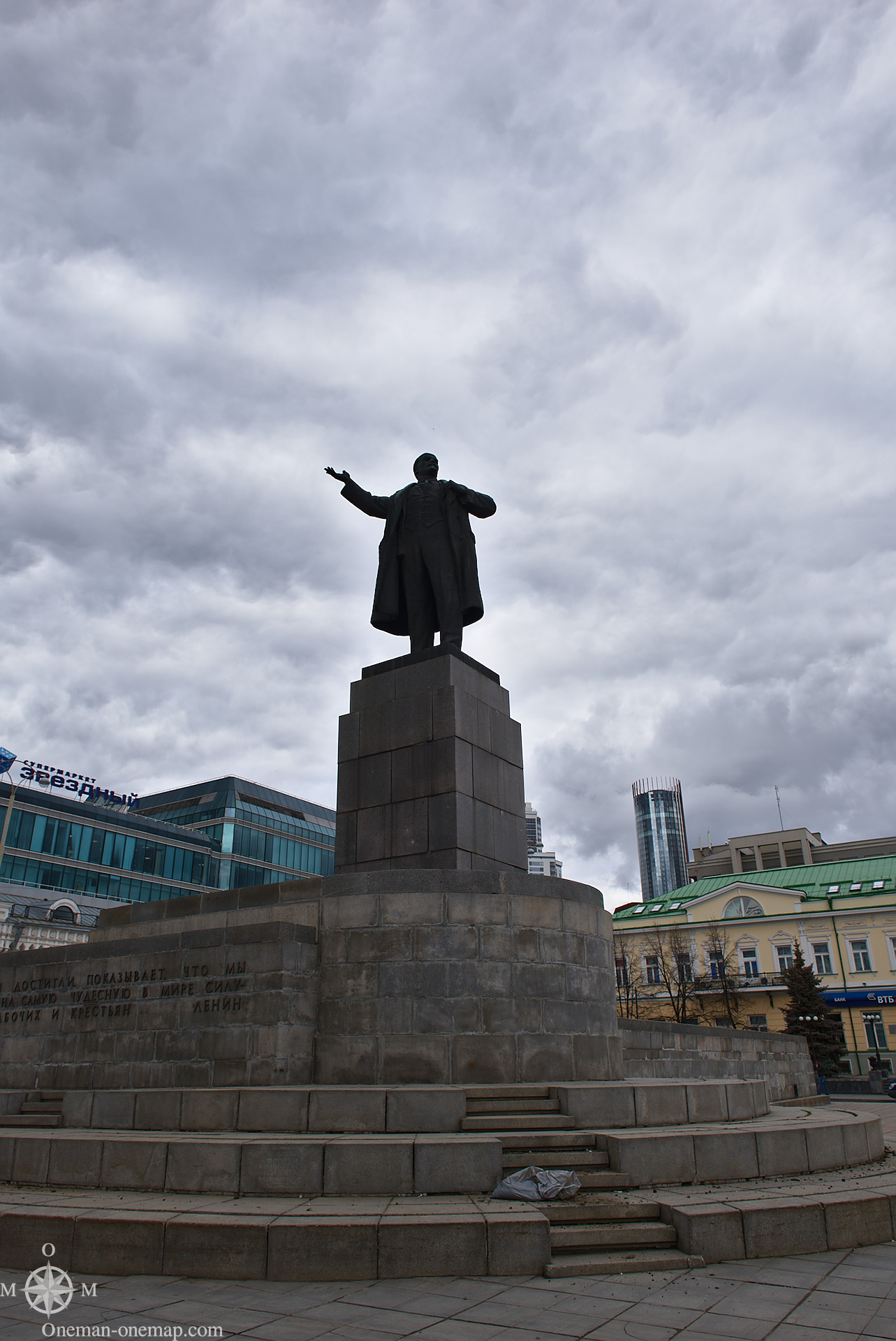
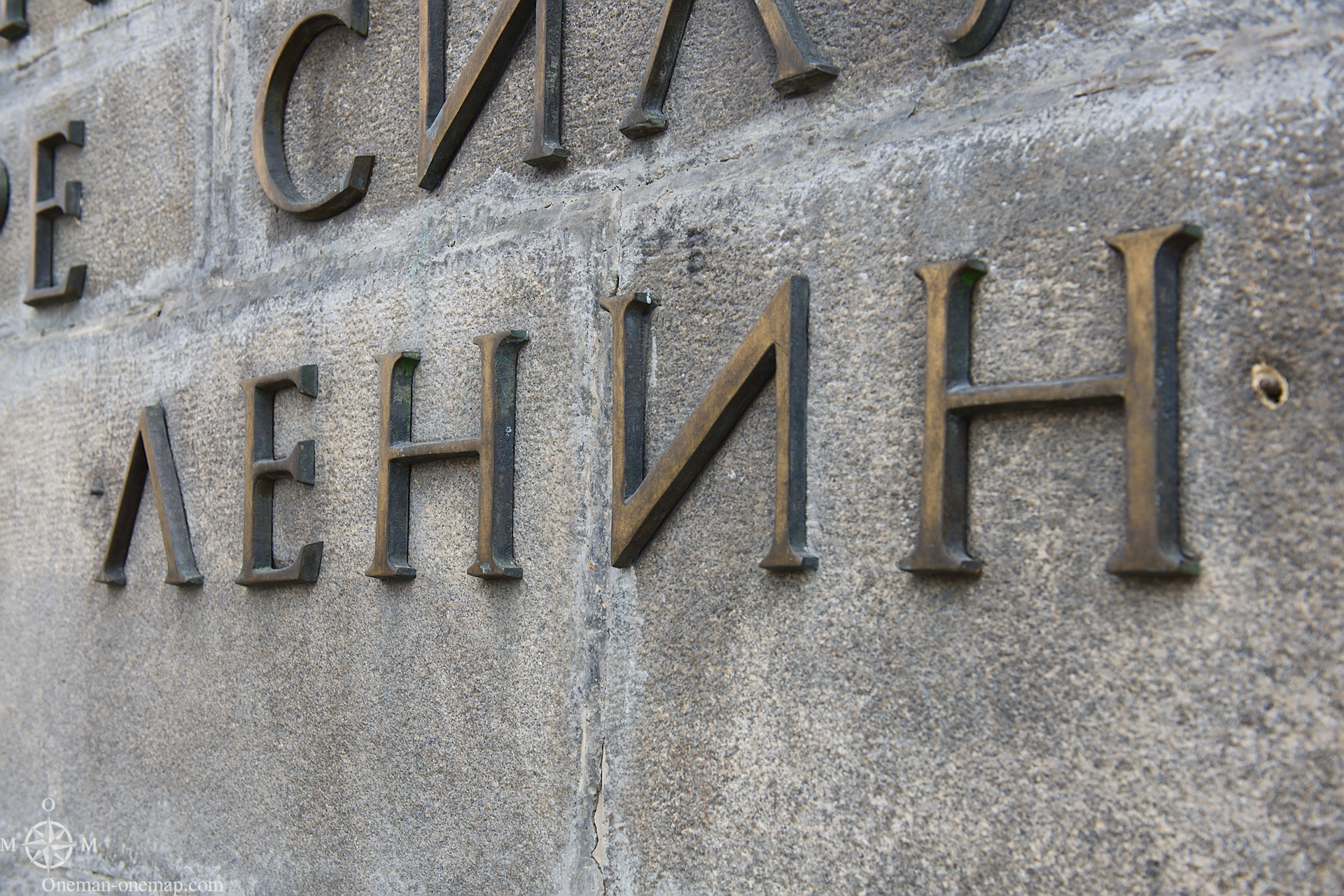
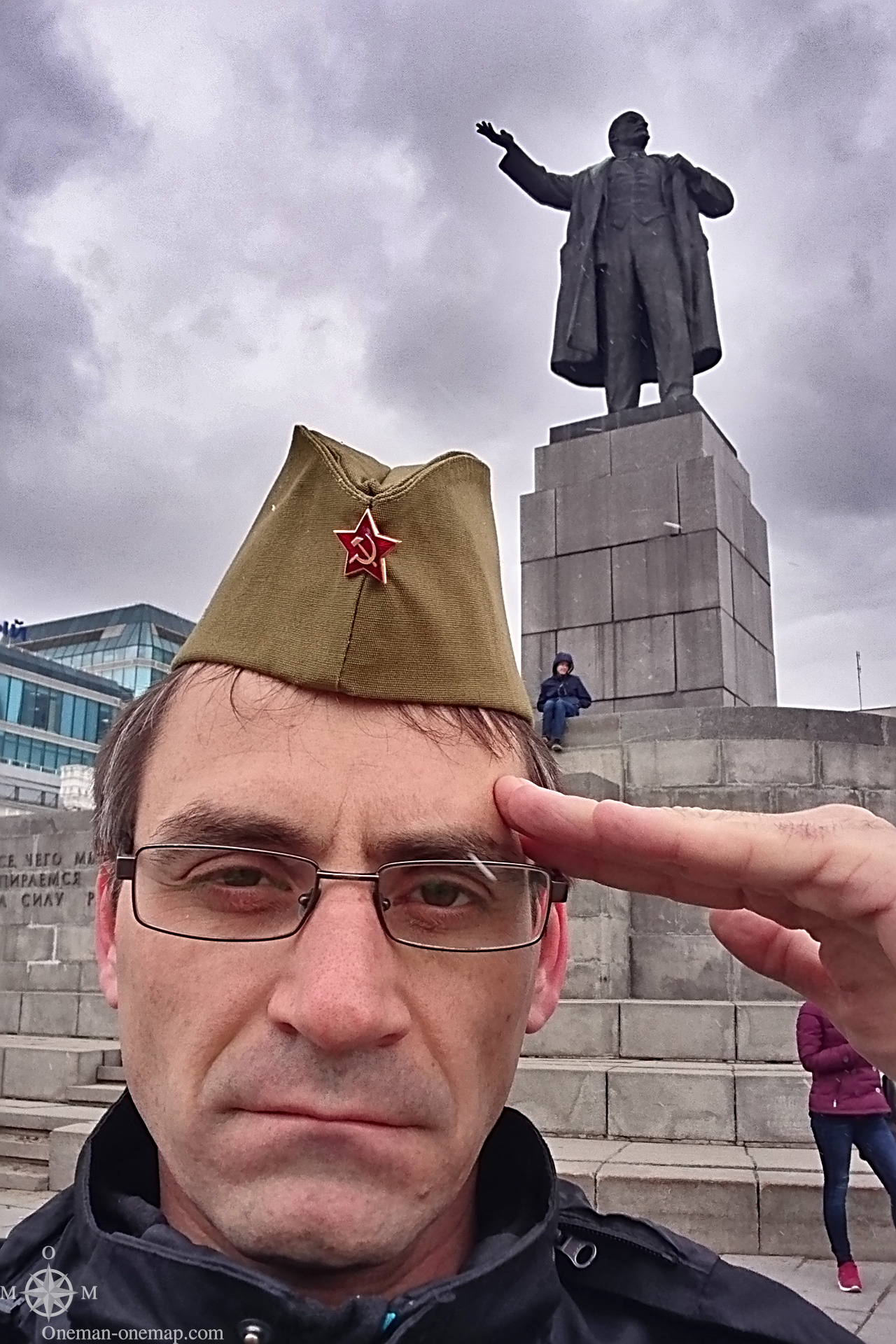
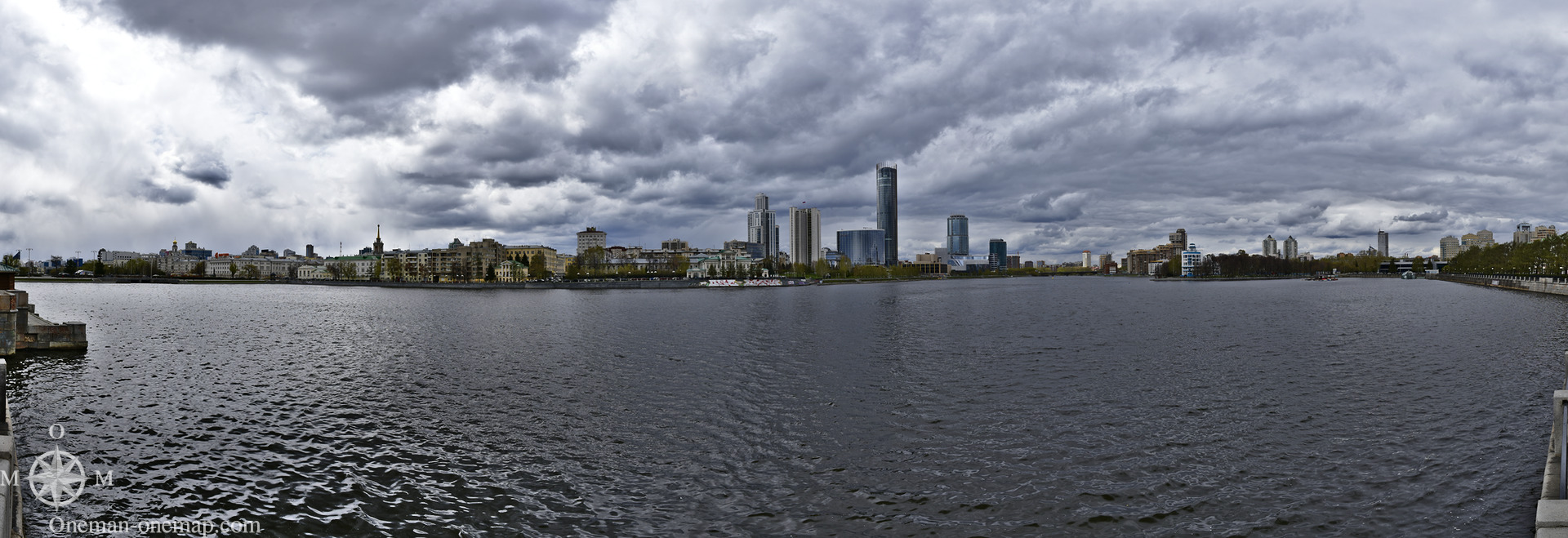
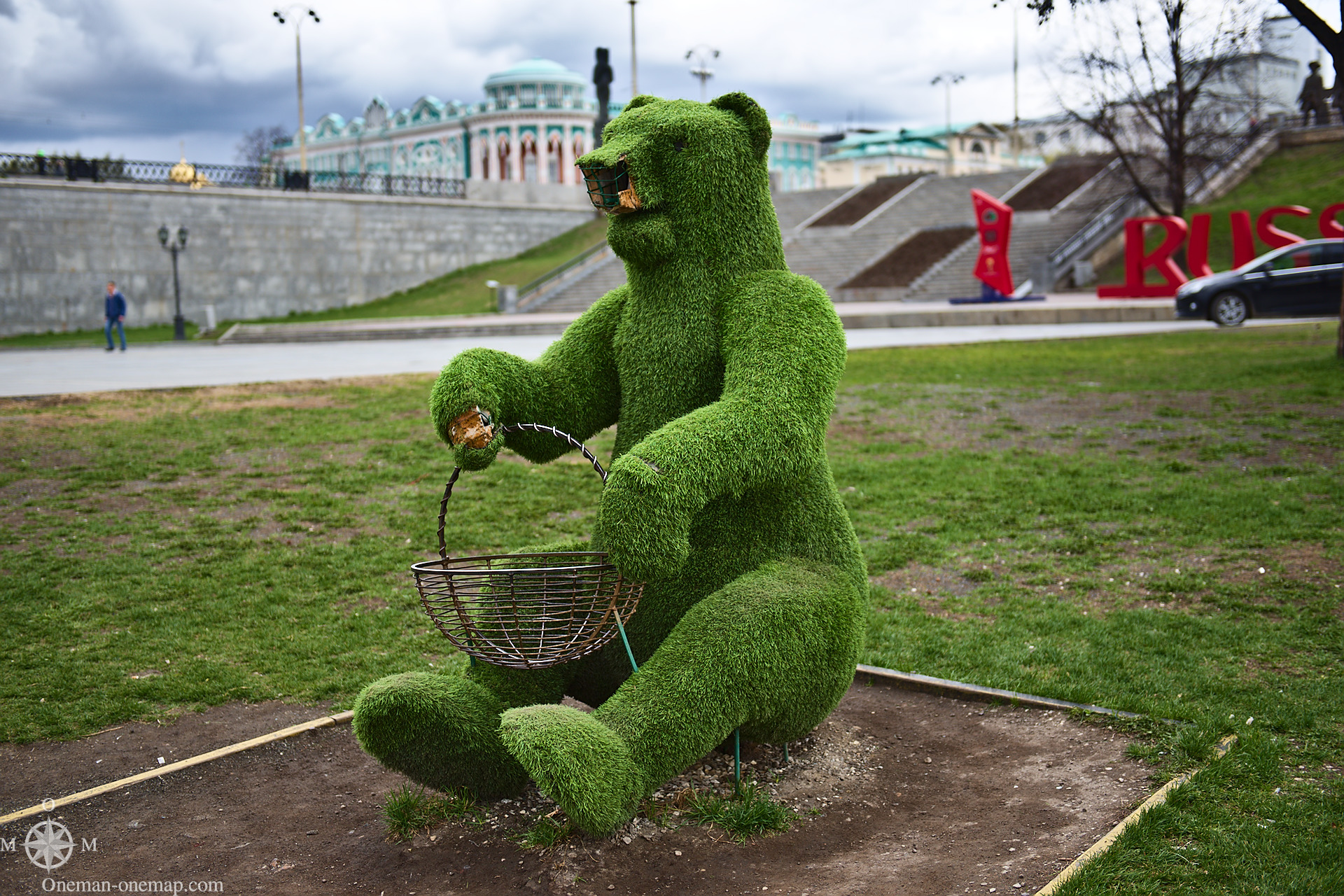
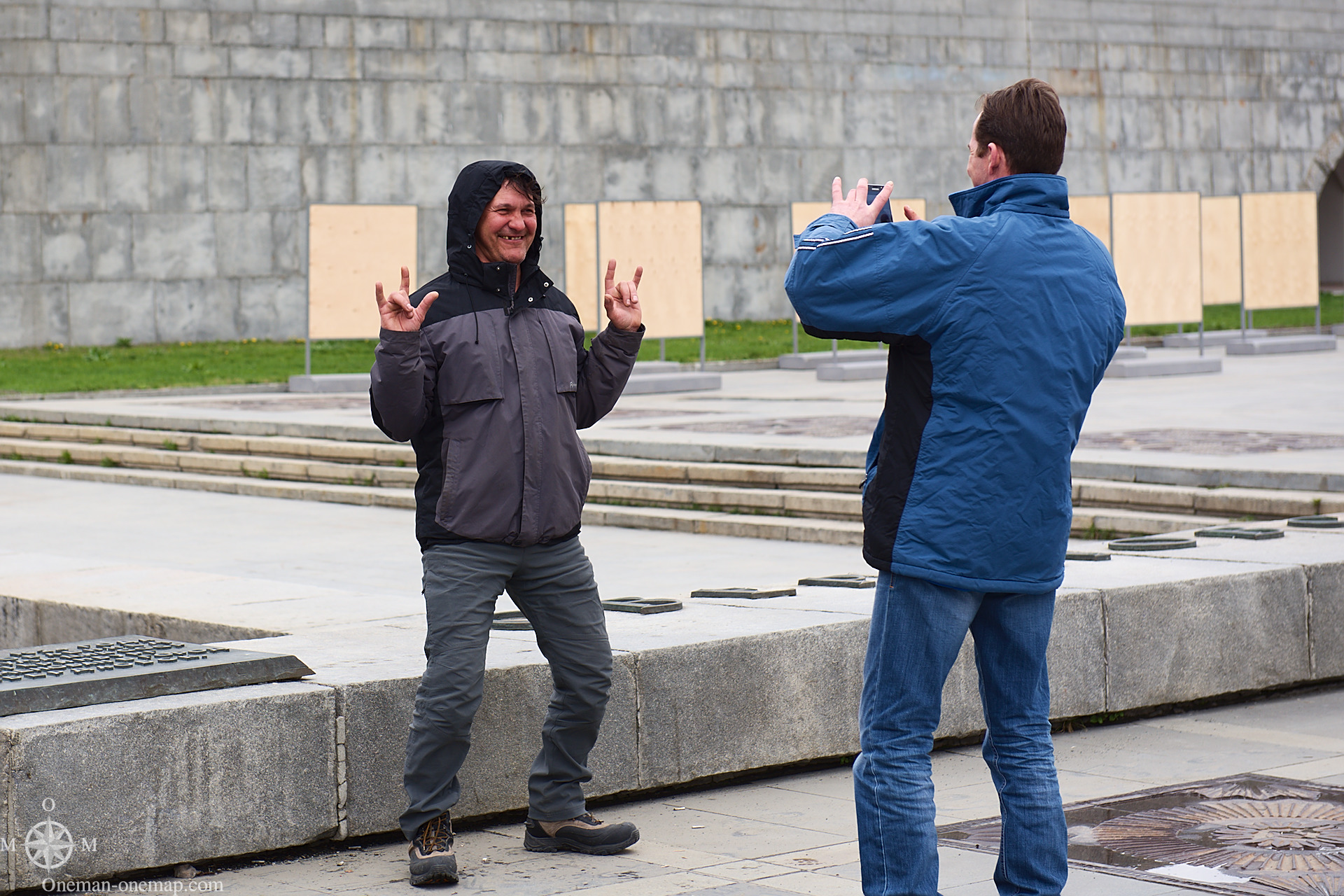
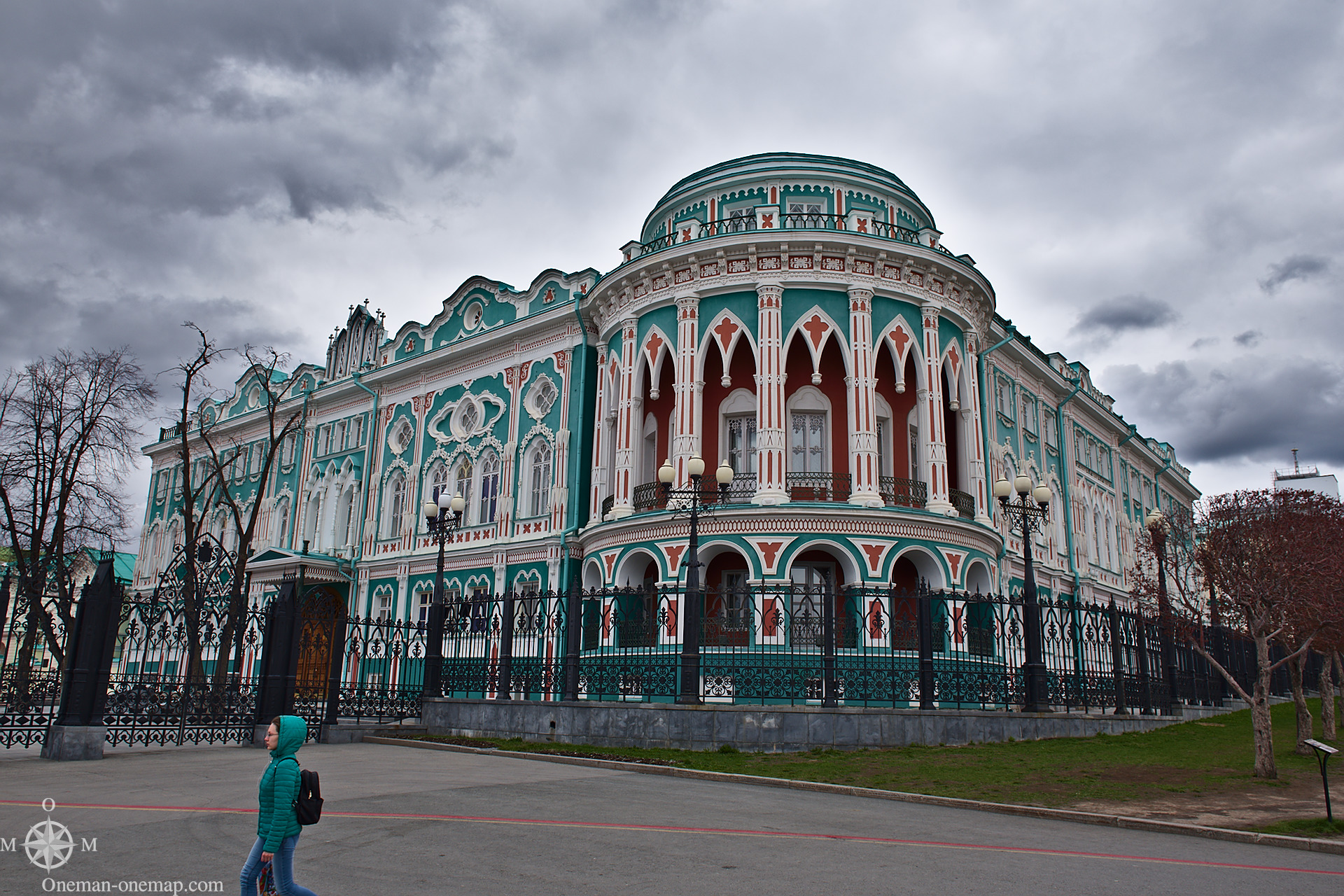
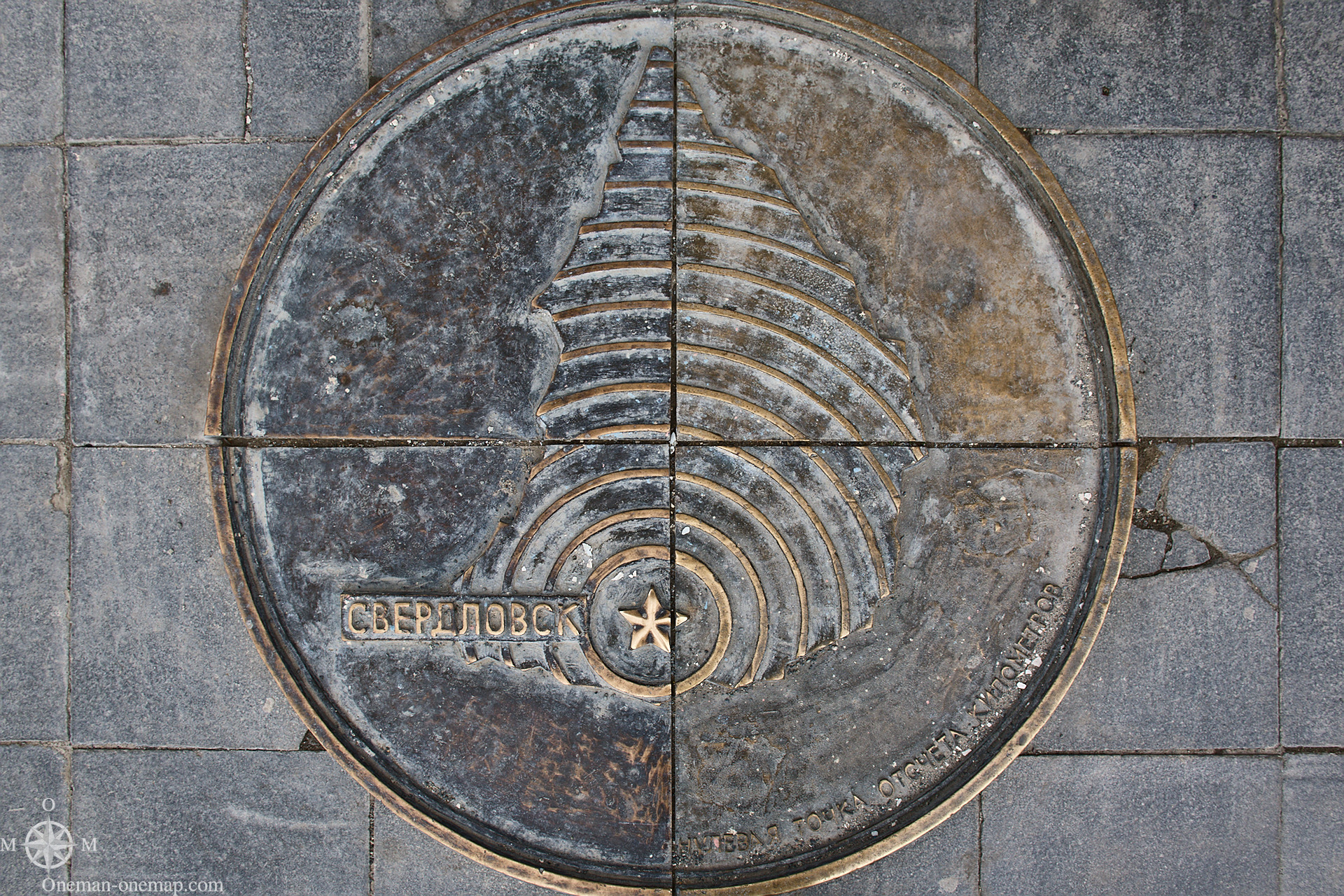
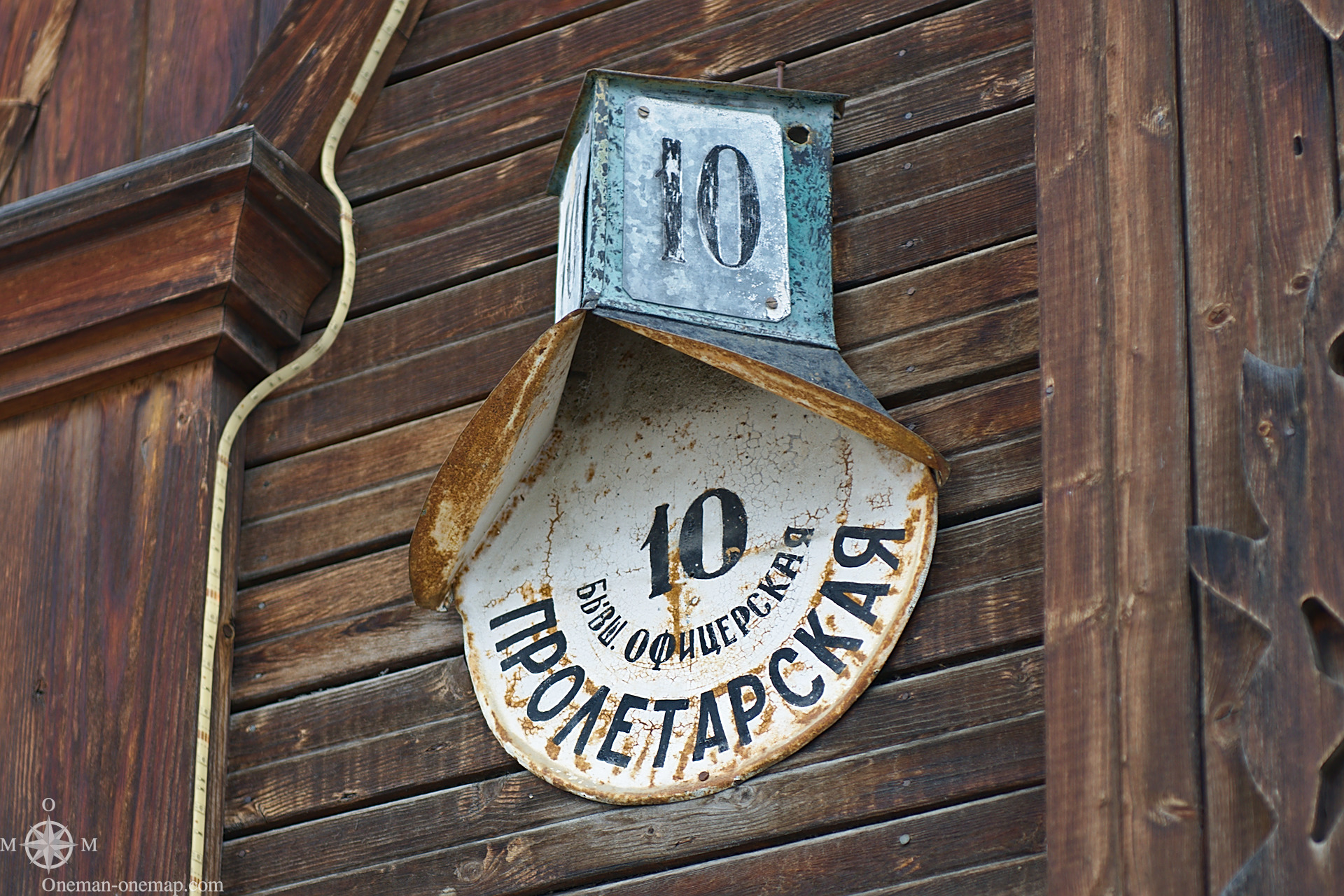
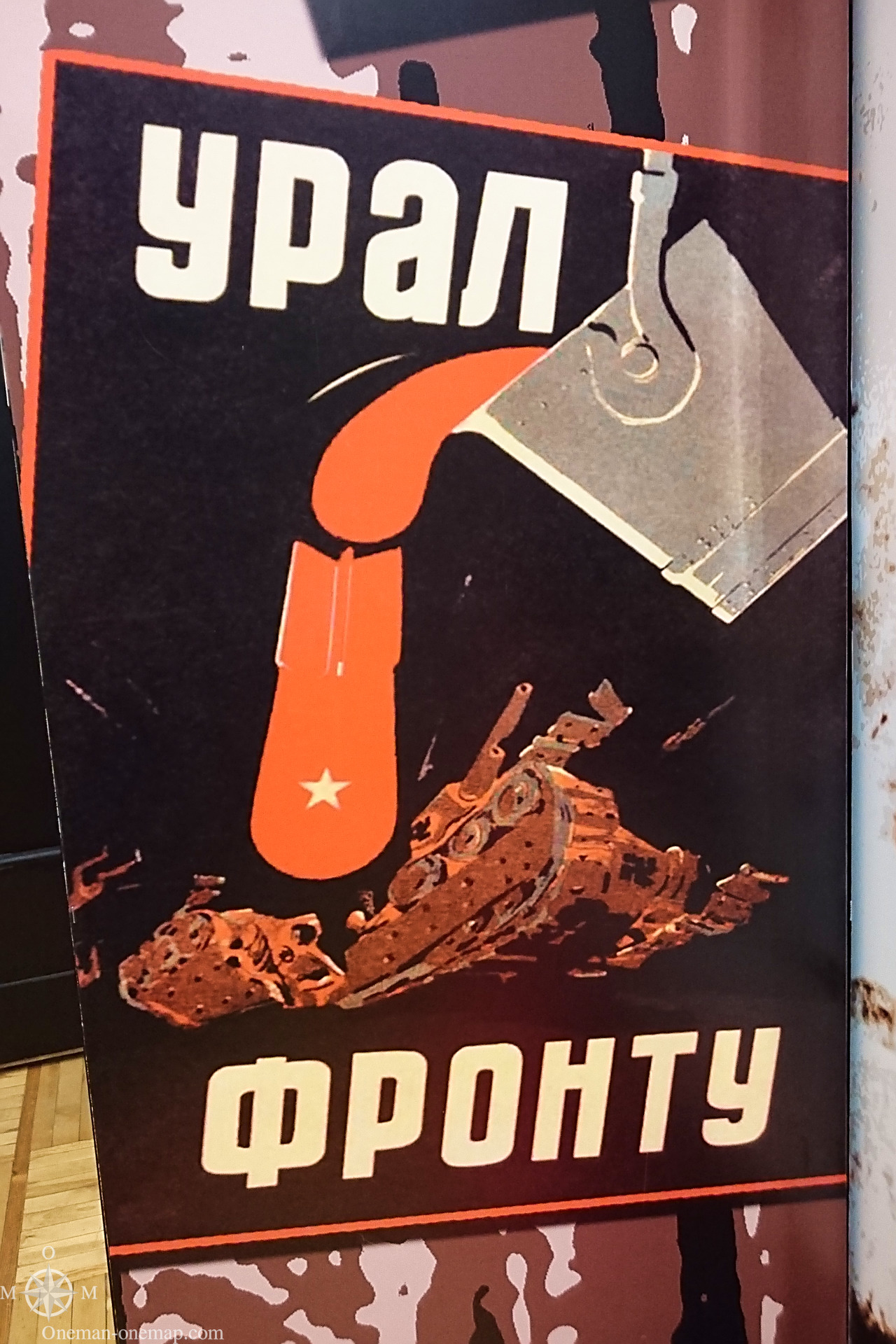
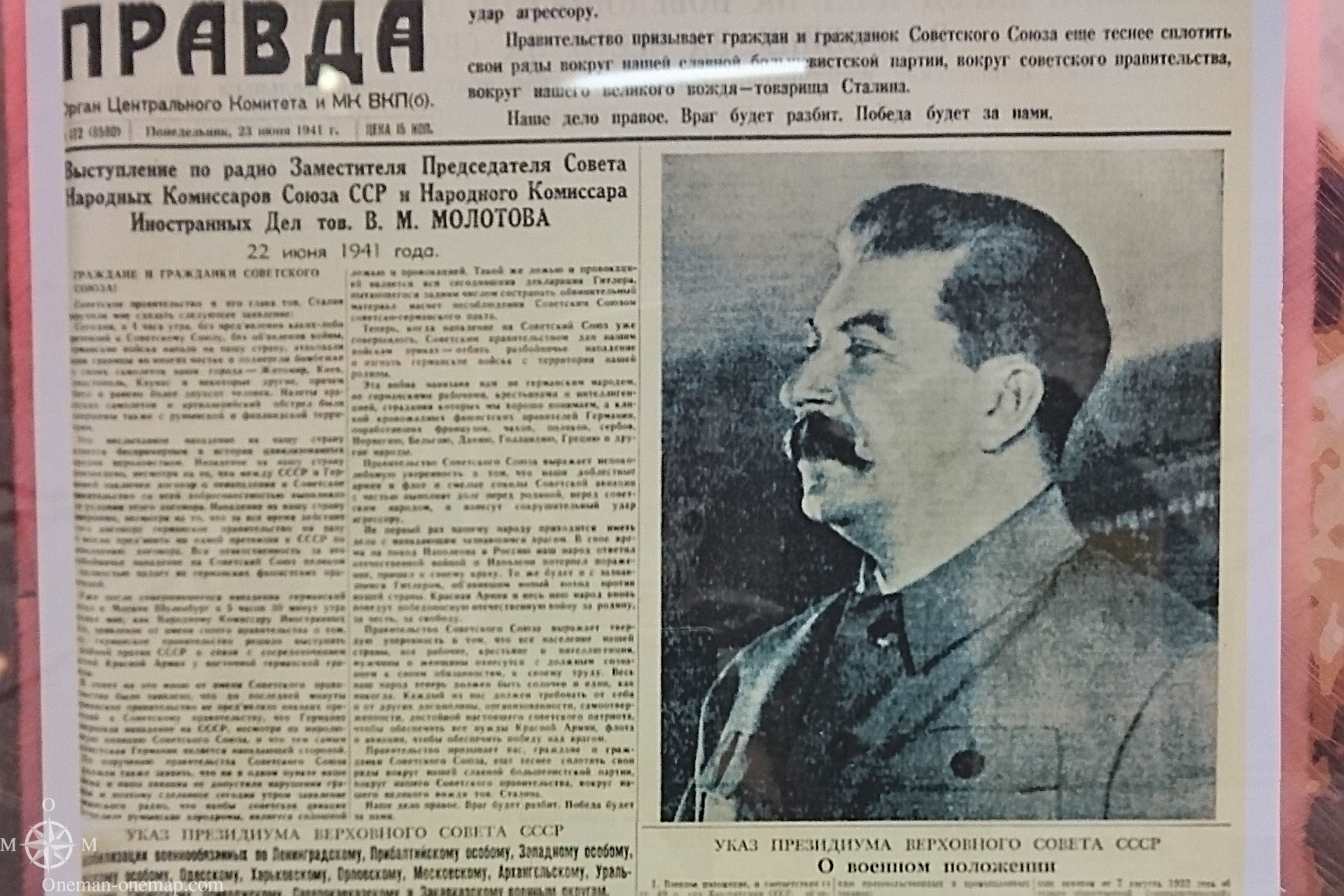
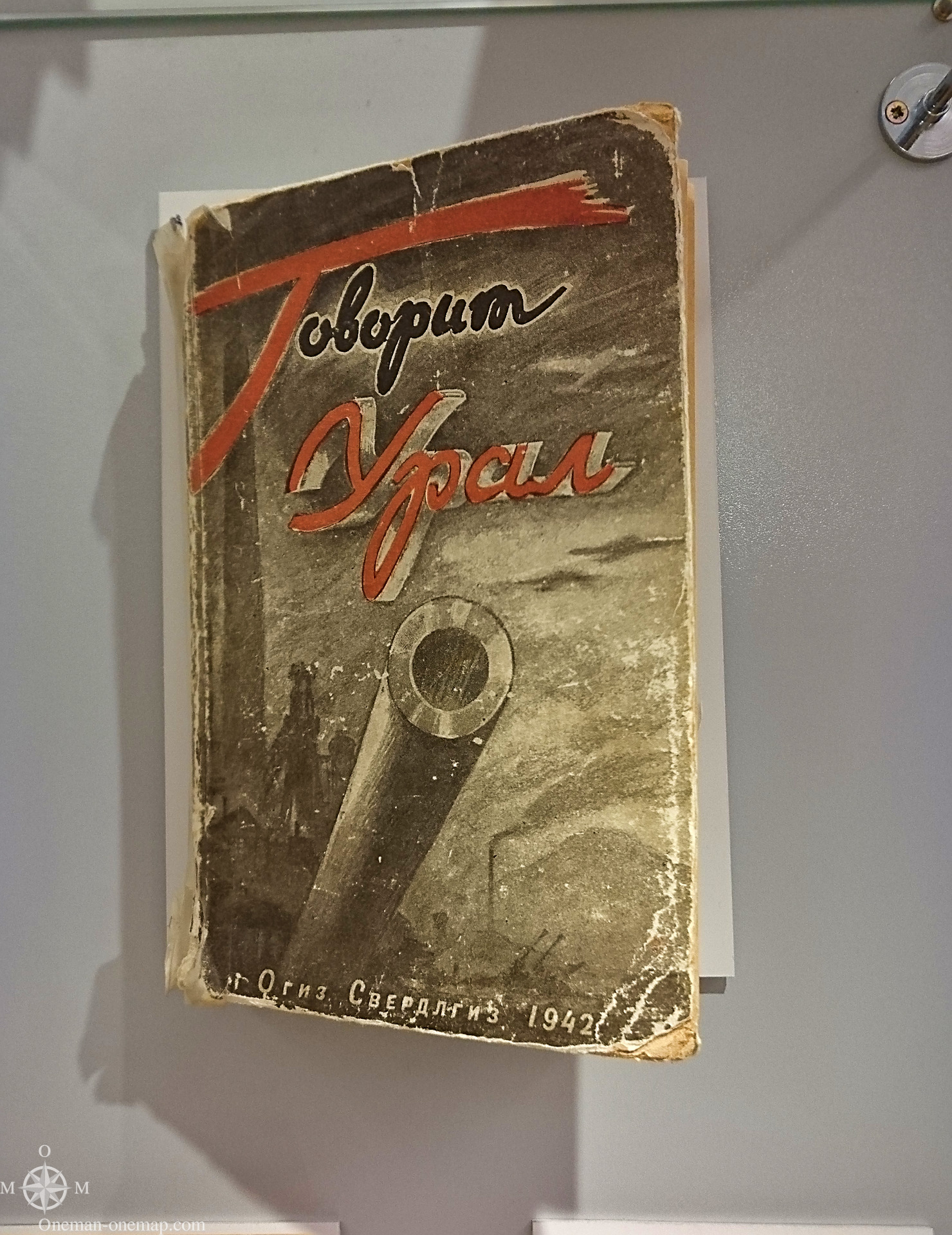
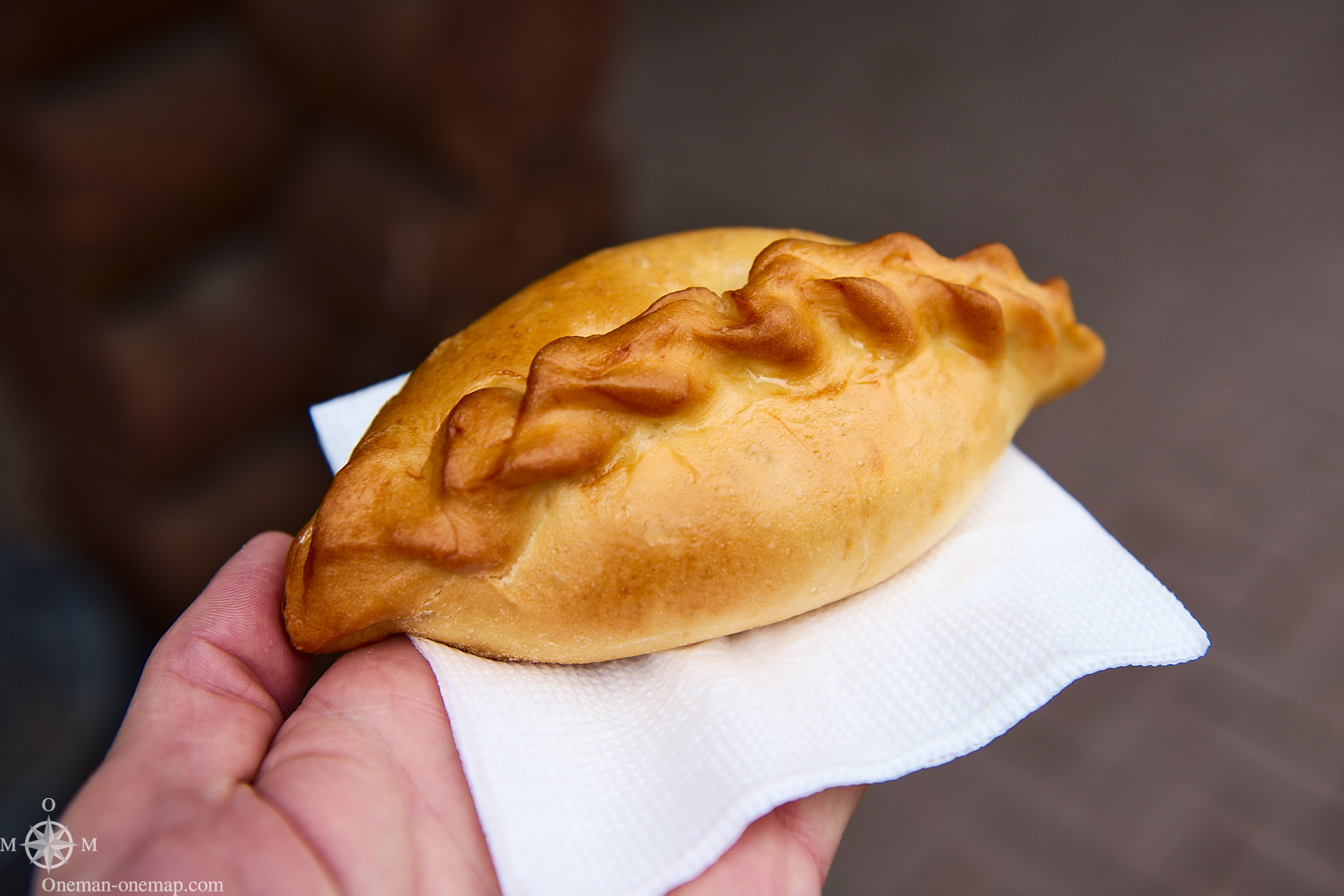
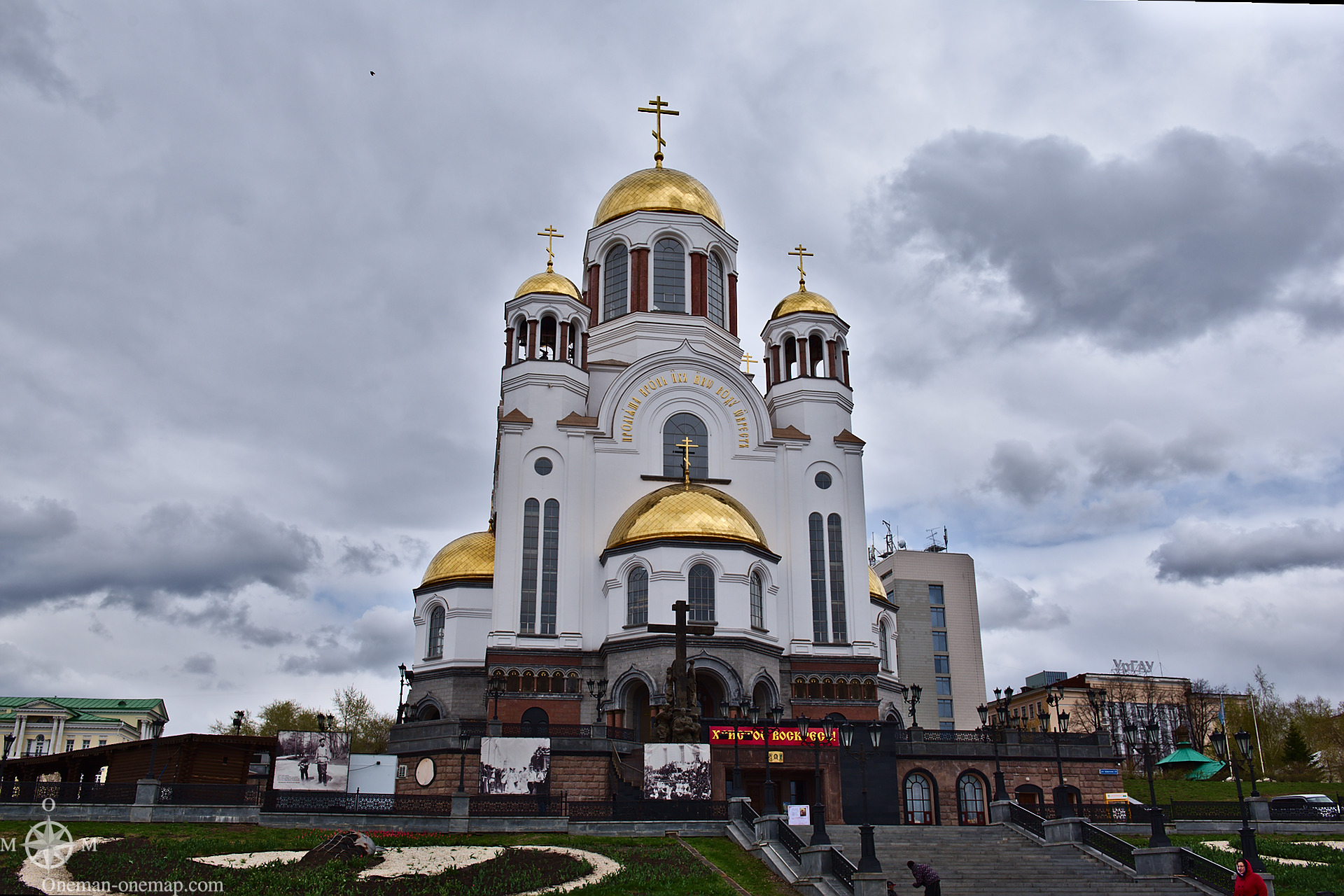
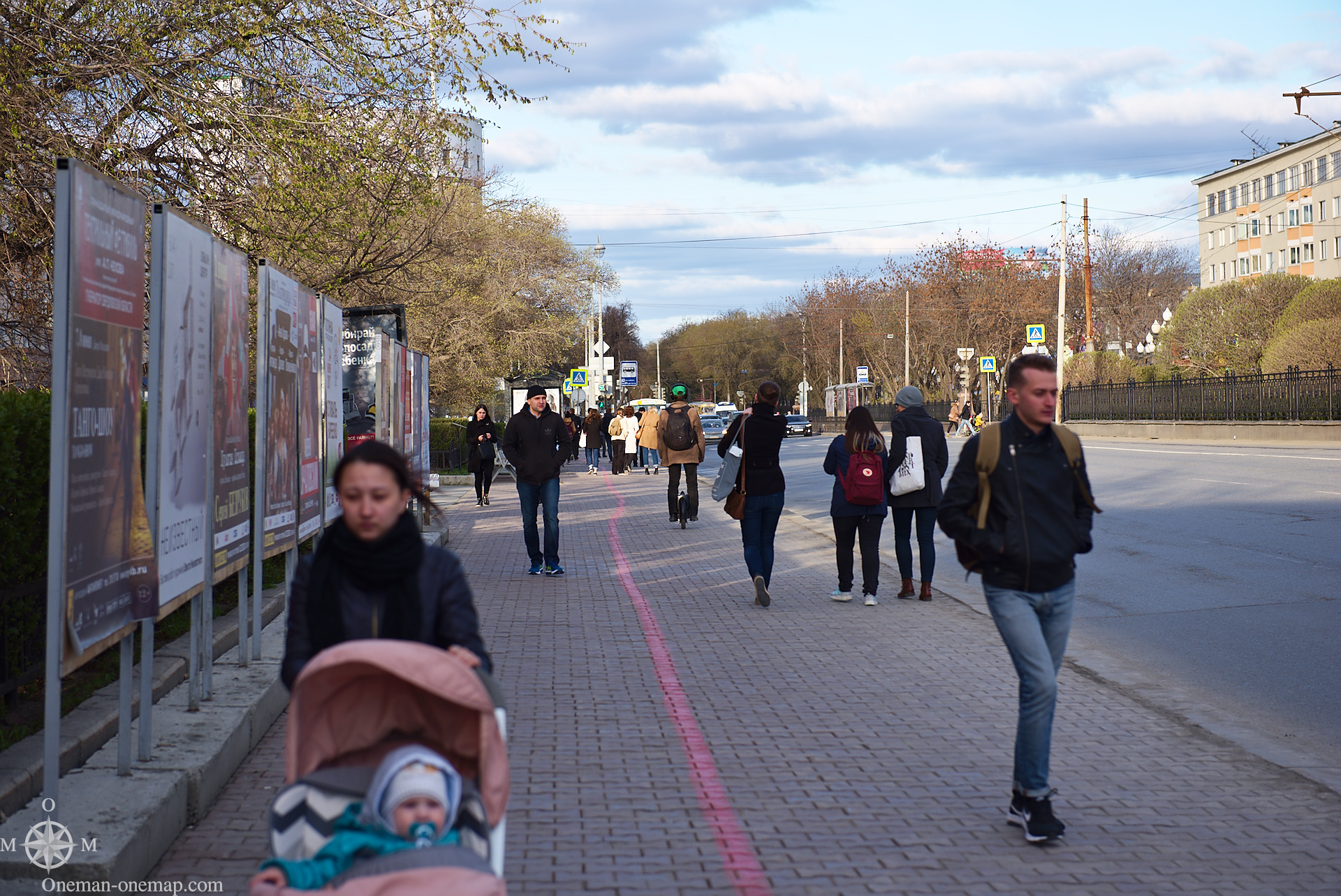
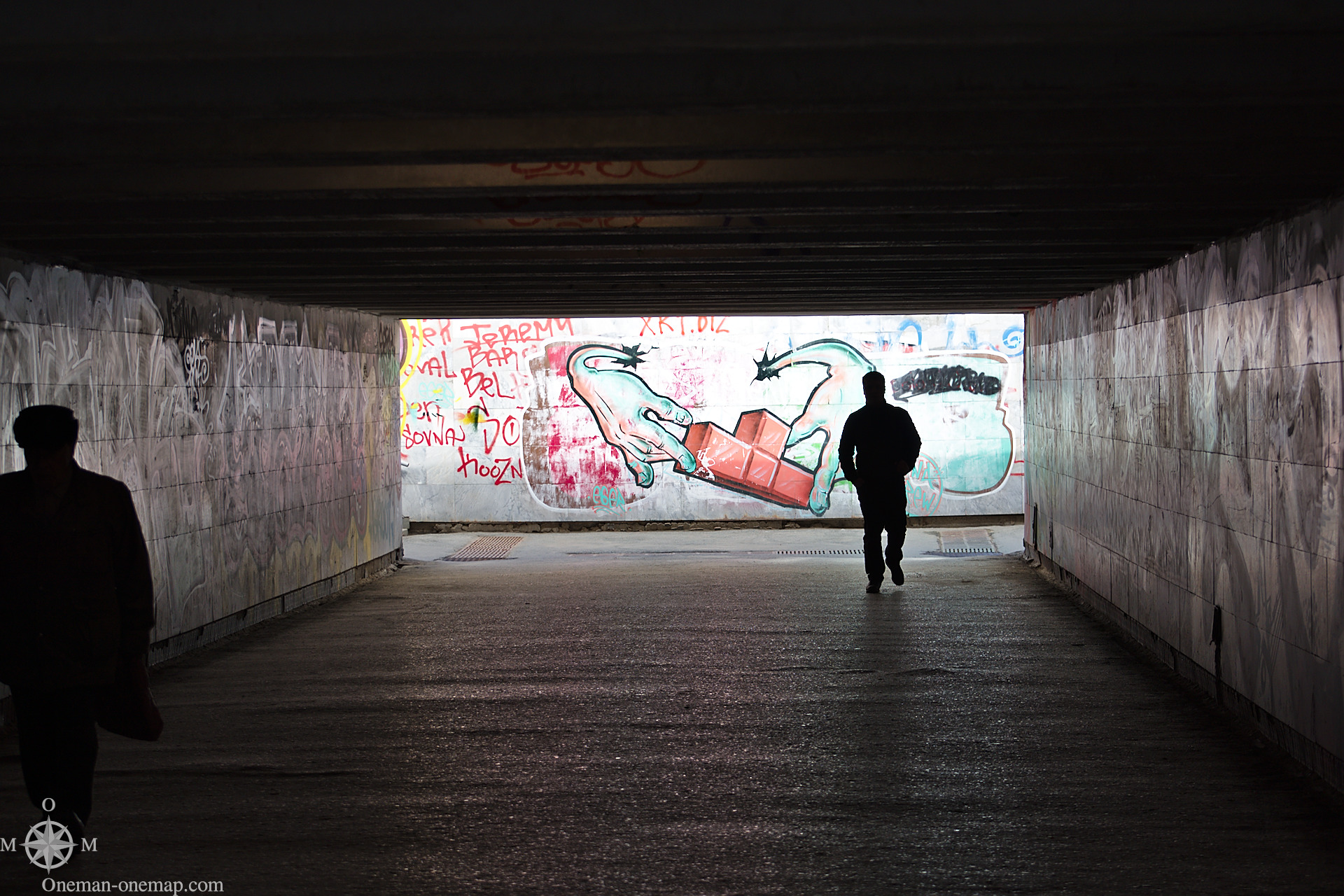
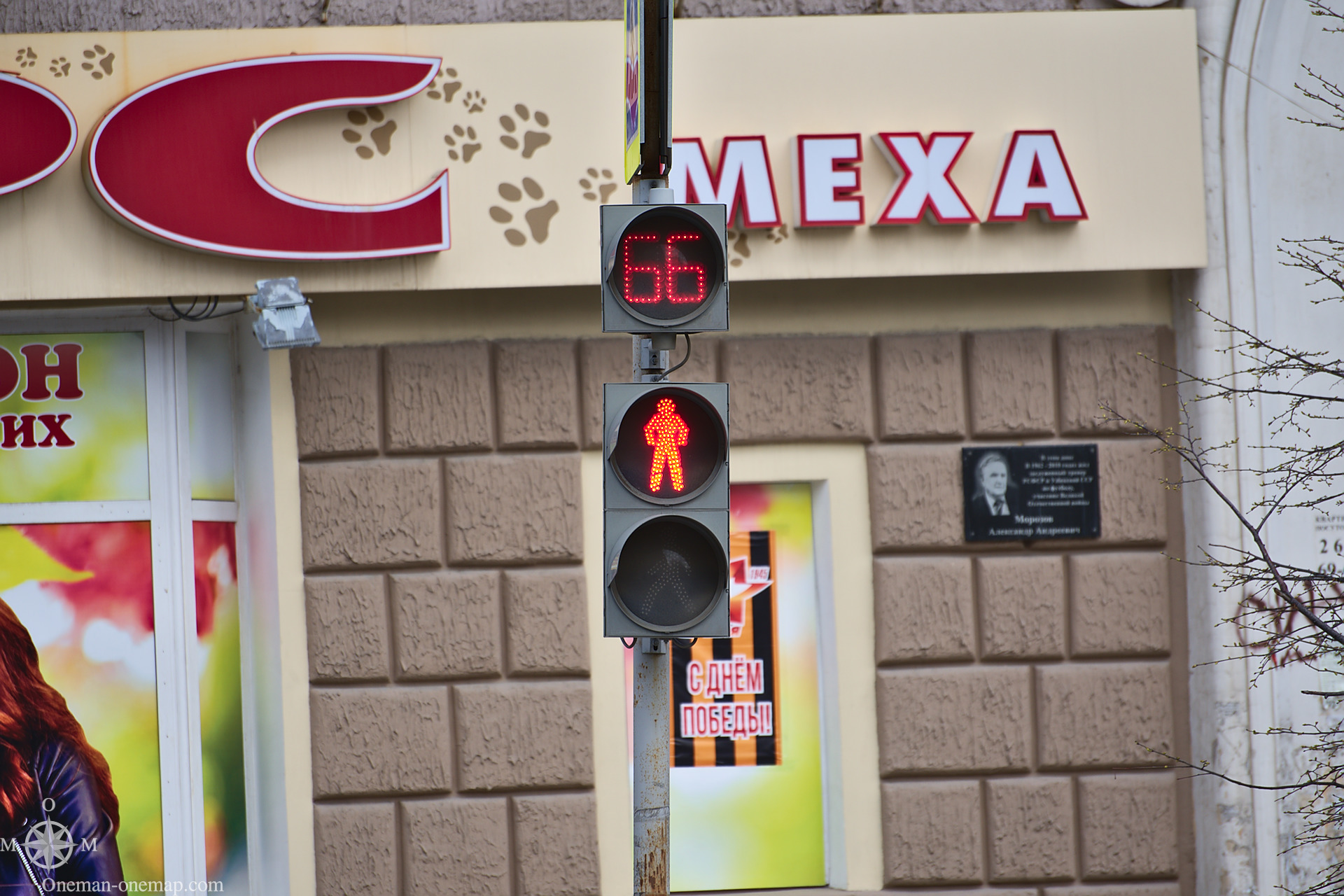
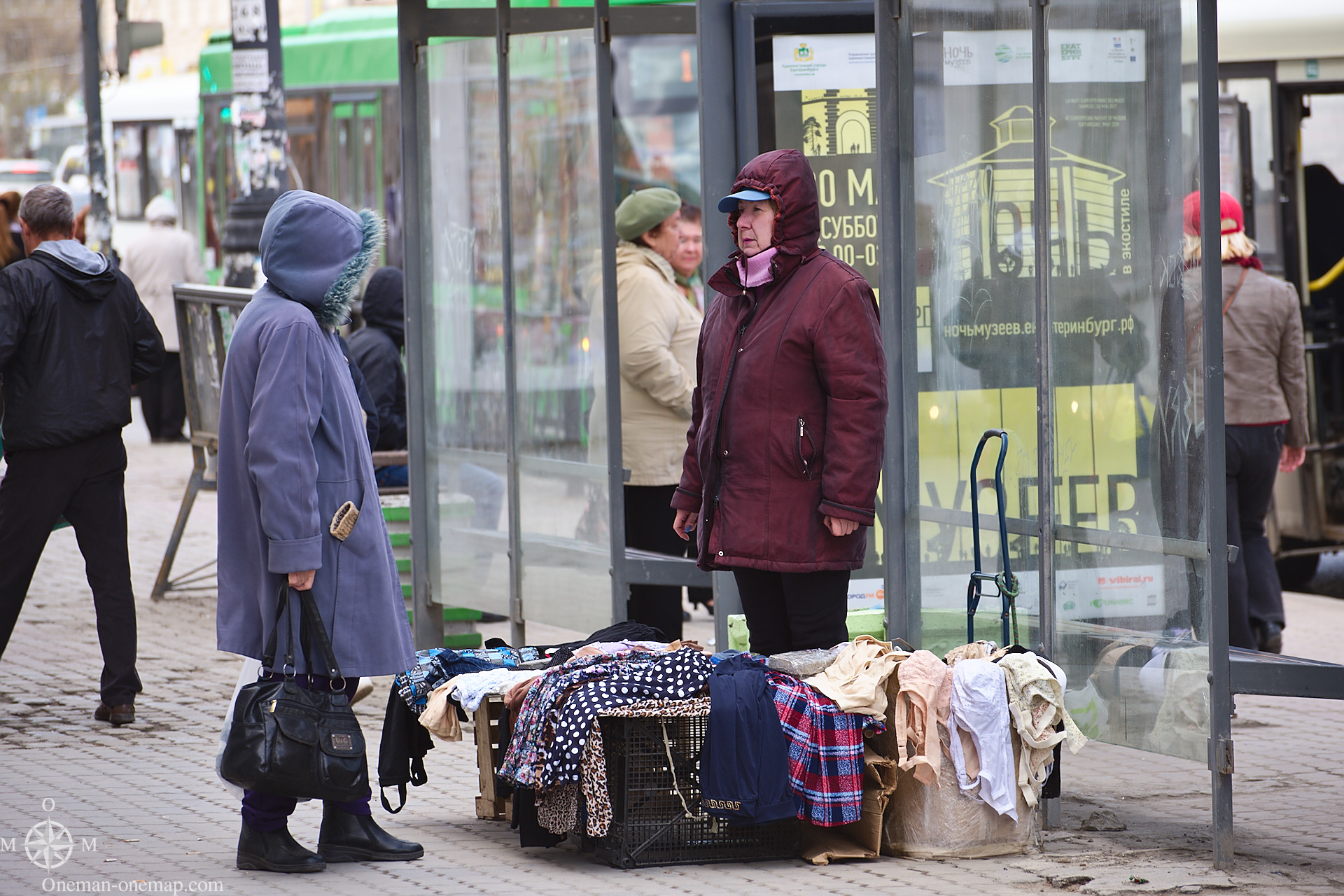
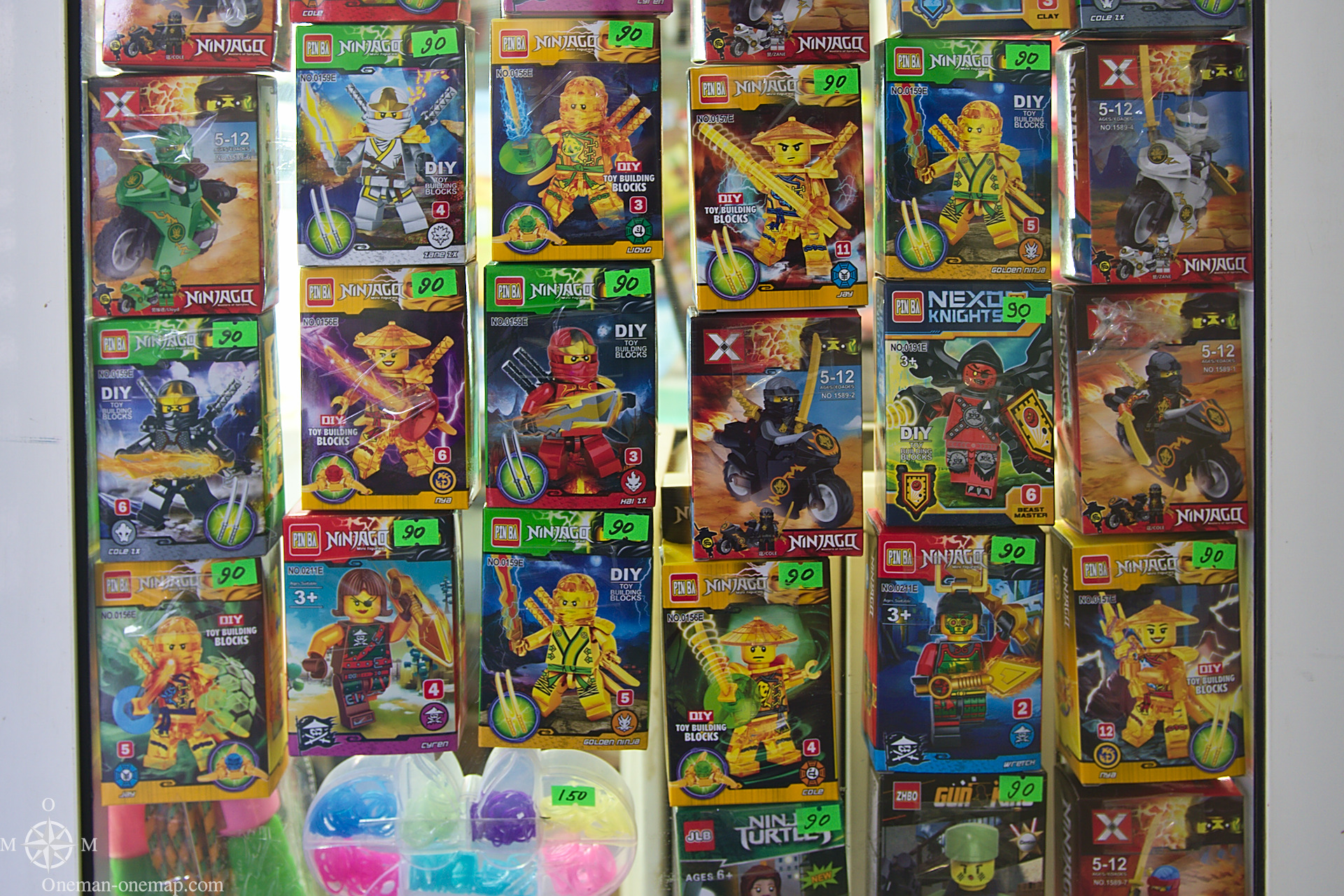
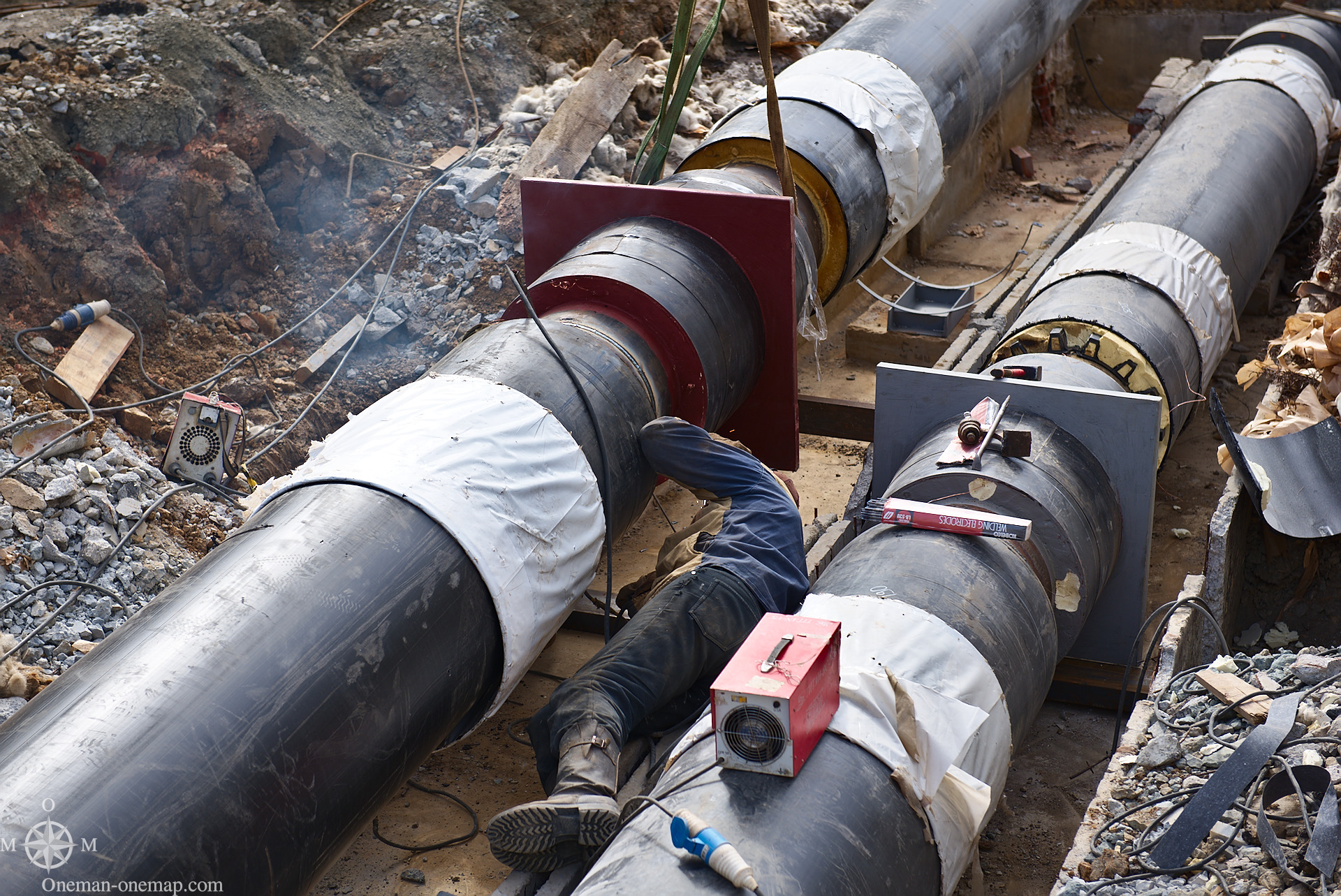
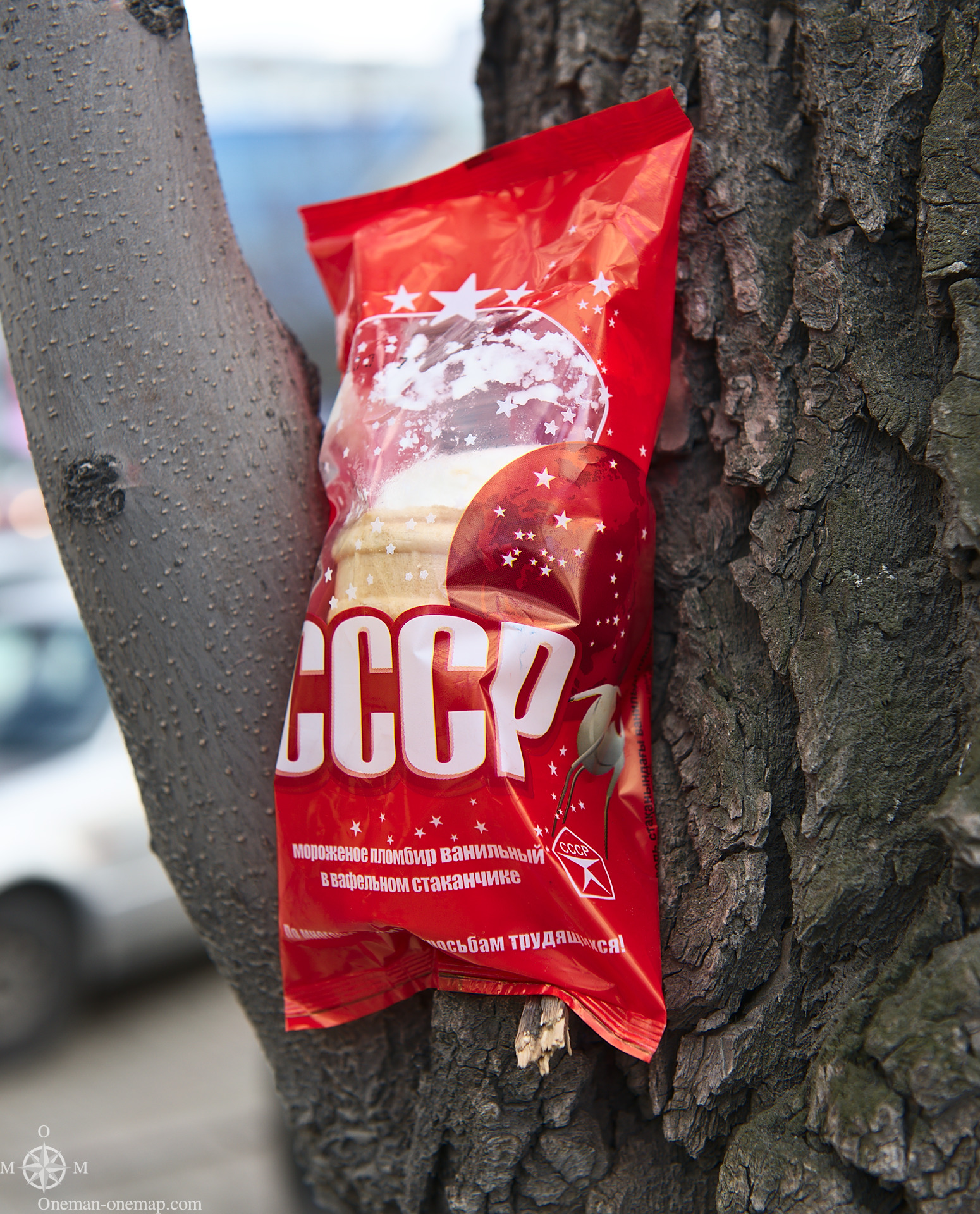
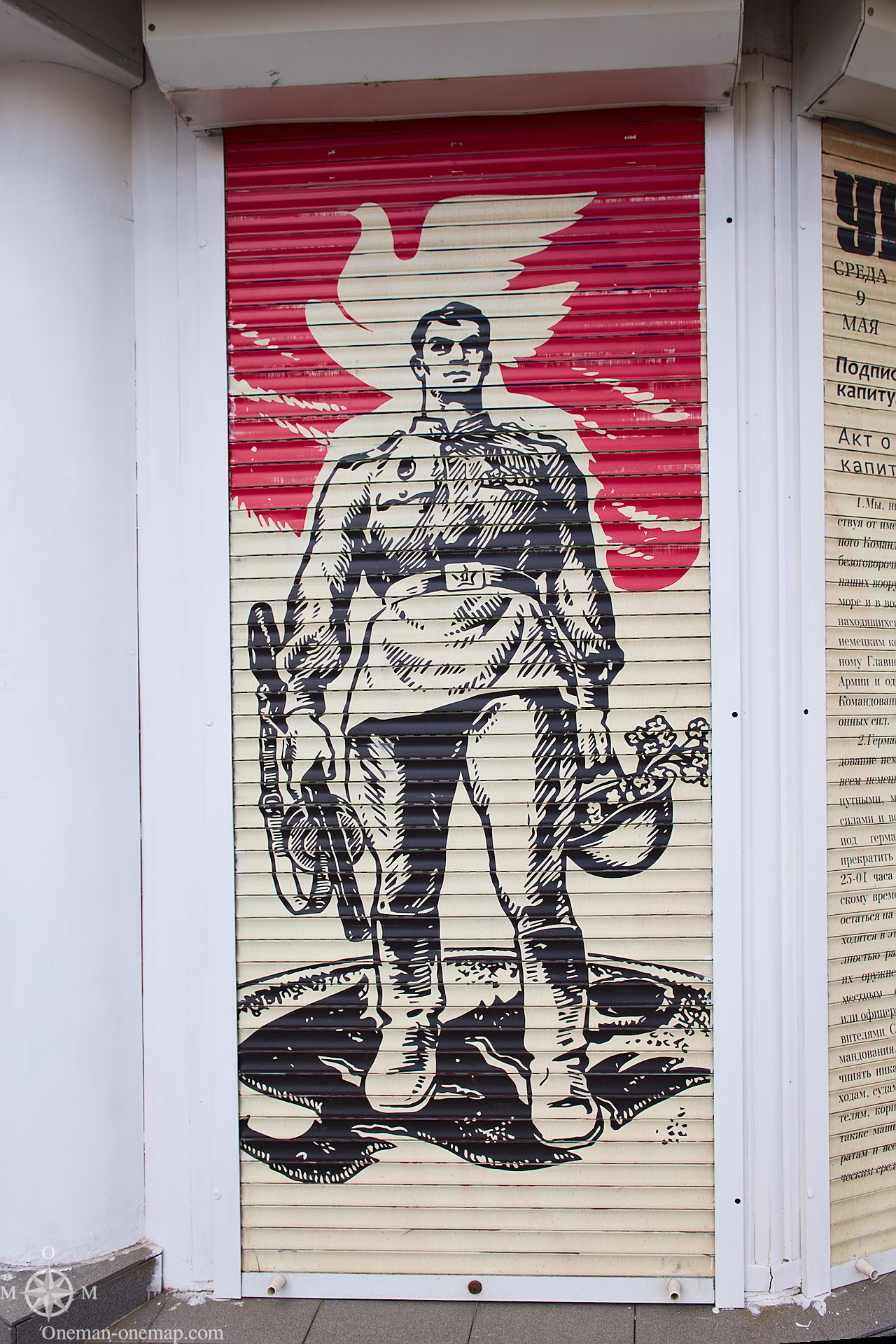

great )))
Very interesting. Thx!